Costa Brava, located north of Barcelona, is a Catalonian coastline stretching over 200 km, from Blanes to the French border. The name “Costa Brava” means “wild coast,” reflecting its picturesque landscapes full of rugged cliffs, coves, and beaches. The crystal-clear sea makes Costa Brava an ideal vacation spot.
Undoubtedly, Costa Brava stands out among other coastlines. Is it worth visiting? Definitely yes! Last year, I spent about two weeks there, and this year, almost a week. In the guide below, you will find a ready-made travel plan for selected places in this region.
Table of Contents
Blanes
Blanes is a charming tourist town that was once a typical fishing village. Often called the “gateway to Costa Brava,” it marks the beginning of this scenic Spanish coast. The town is just 70 kilometers from Barcelona, making it an hour’s drive away.
More about Blanes can be read here!
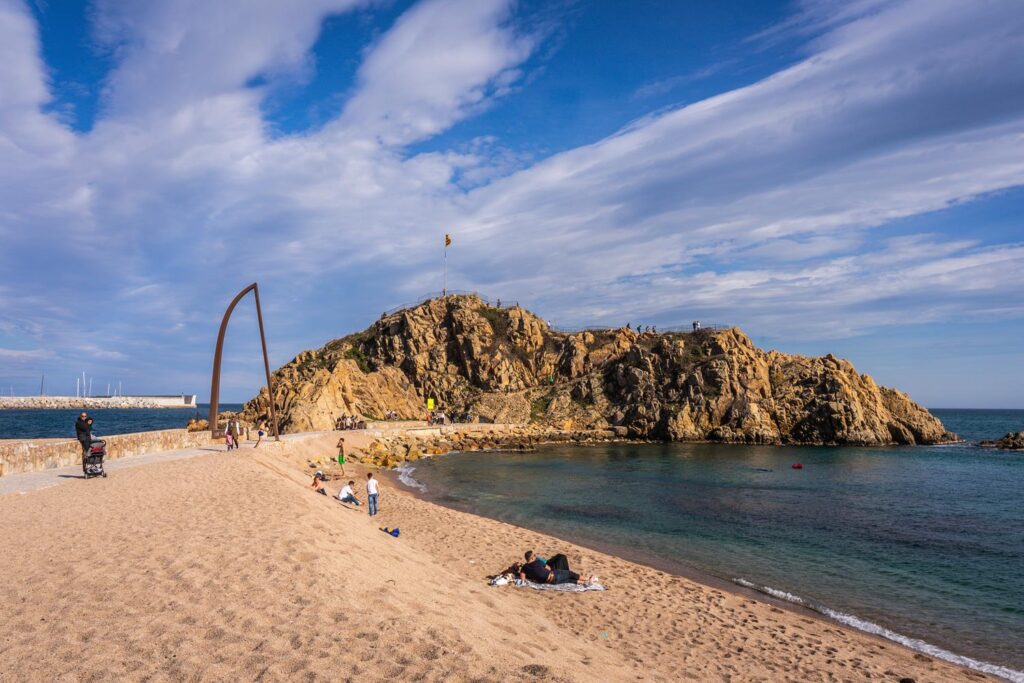
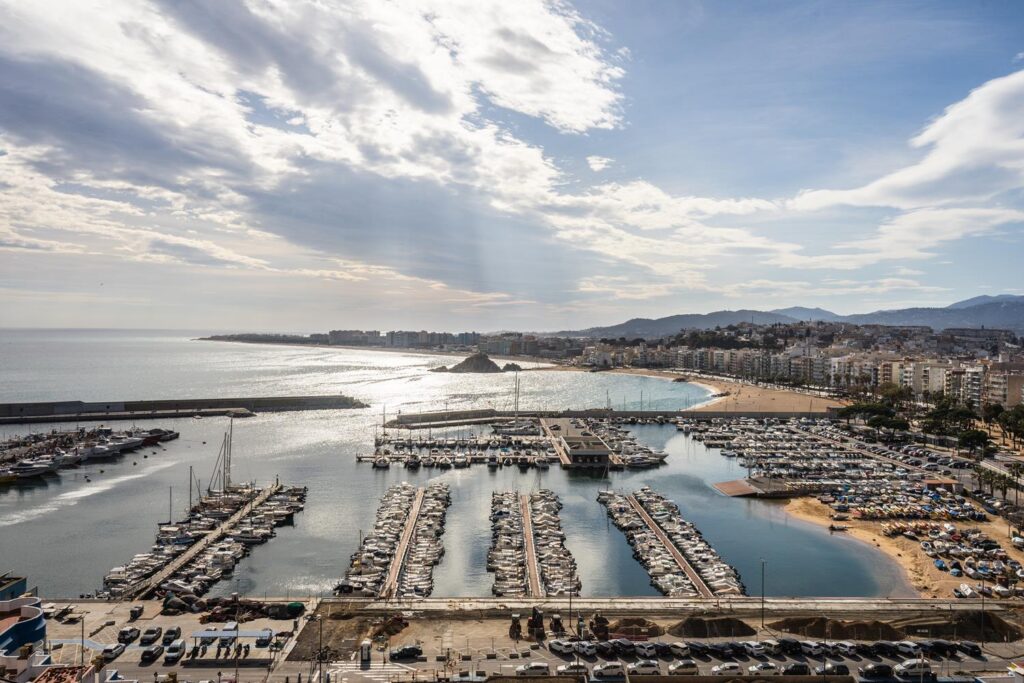
Marimurtra Botanical Garden in Blanes
Marimurtra Botanical Garden is an enchanting place where tourists can admire a rich botanical, architectural, and landscape heritage. It features over 4000 plant species, mostly exotic, and is divided into three sections: European, Mediterranean, and global. It’s a great place to explore and relax, with cliffs and terraces offering stunning views of the coastline.
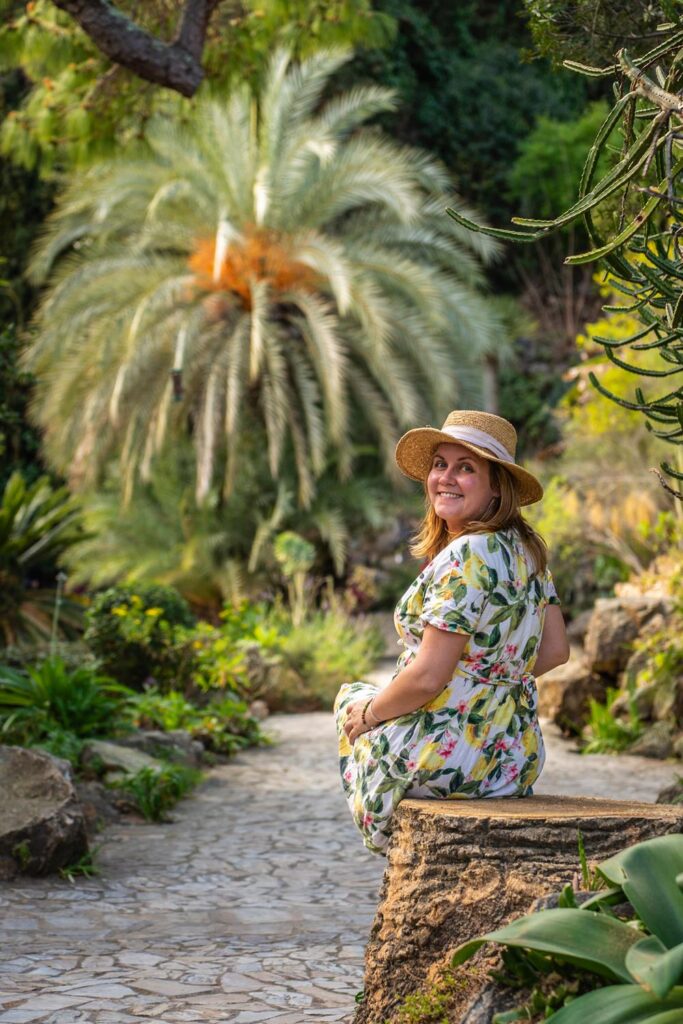
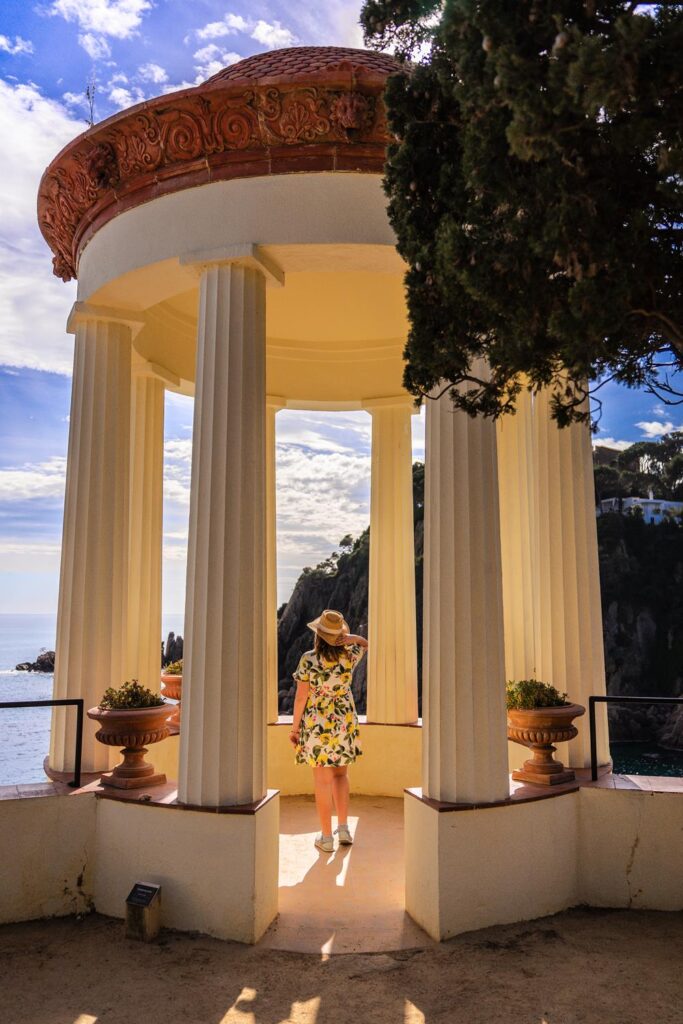
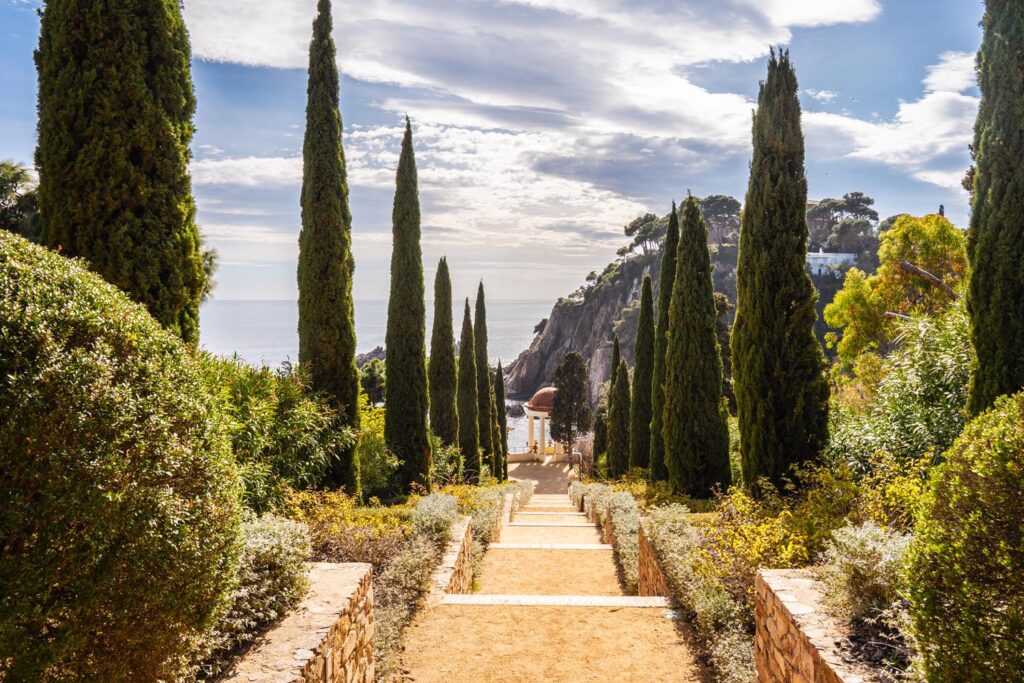
Lloret de Mar
You’ve probably heard of Lloret de Mar! It’s one of the most popular vacation destinations in Spain, offering a variety of attractions.
During our visit, we explored a segment of the Cami de Ronda trail, which follows the entire coast, touching on cliffs, coves, and towns. We also visited Castell d’en Plaja, which opened to the public just a year ago, and features an interactive VR exhibit that I highly recommend.
We stayed here, in a comfortable hotel with a rooftop pool.
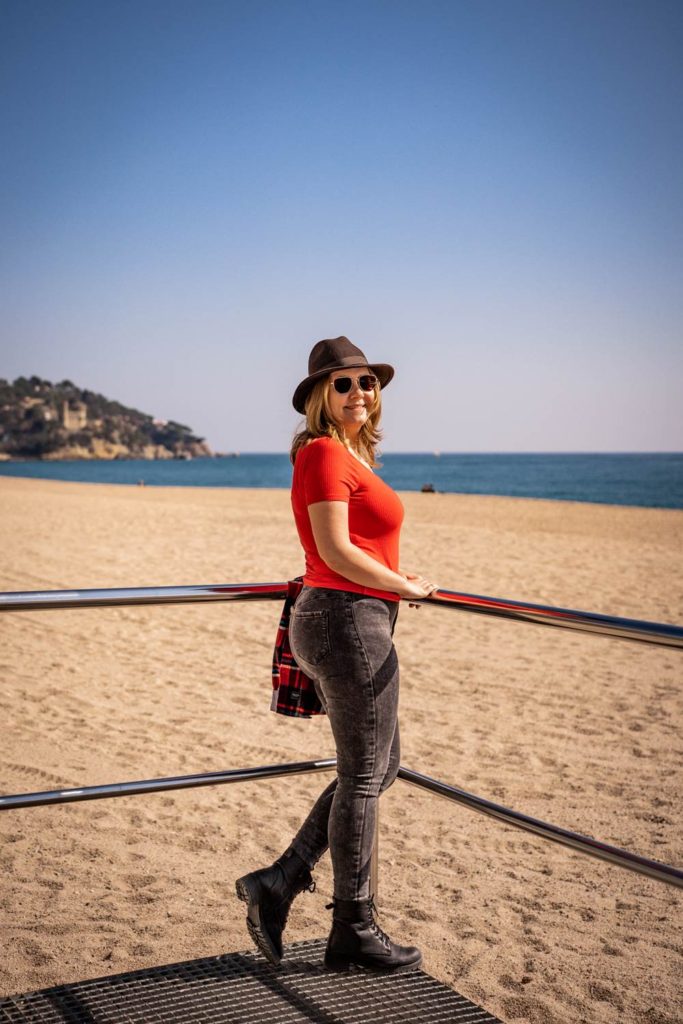
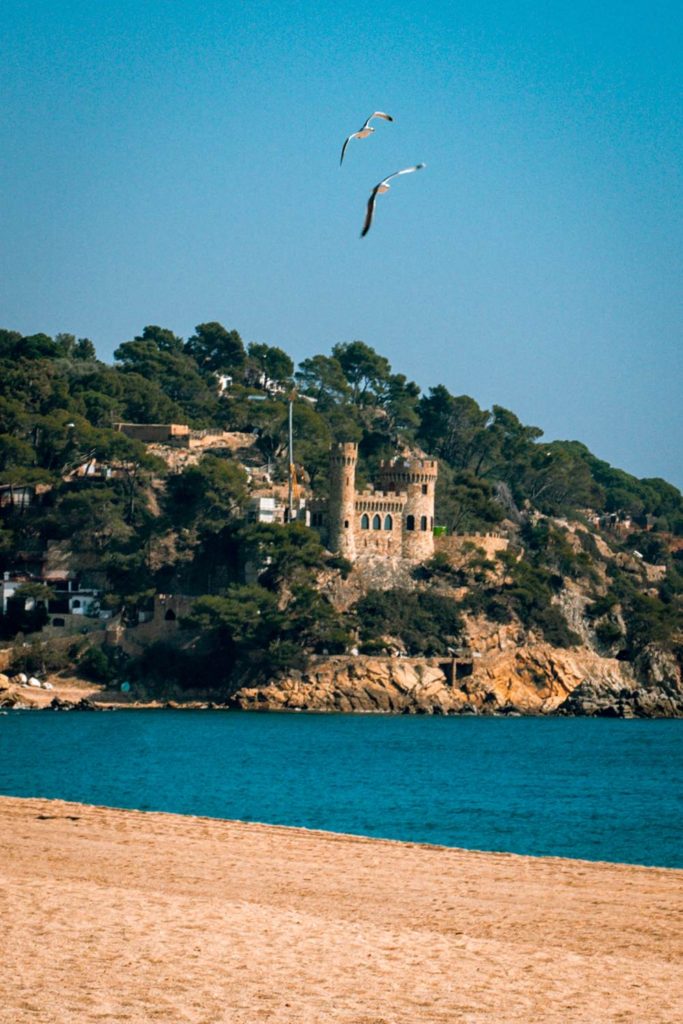
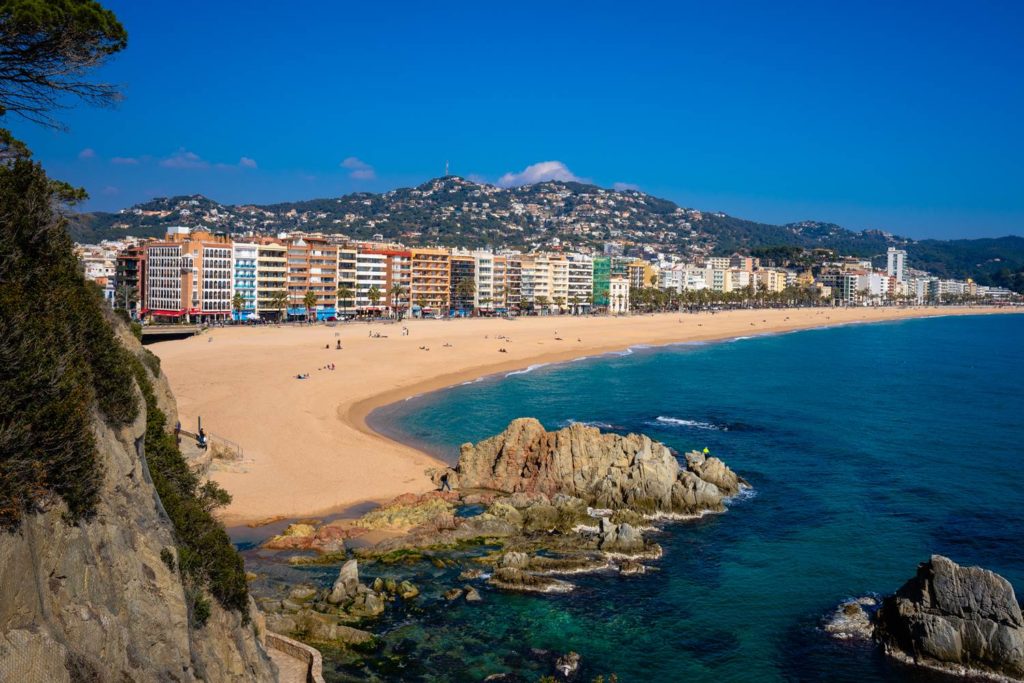
Tossa de Mar
Tossa de Mar is a small town that showcases the beauty of Costa Brava. It’s worth taking a stroll through the Old Town and visiting the “Mirador de Tossa de Mar” viewpoint. Relaxation enthusiasts can enjoy Platja Gran beach, with a castle backdrop.
Vacations in Tossa de Mar – Discover the Extraordinary Beauty of the Costa Brava
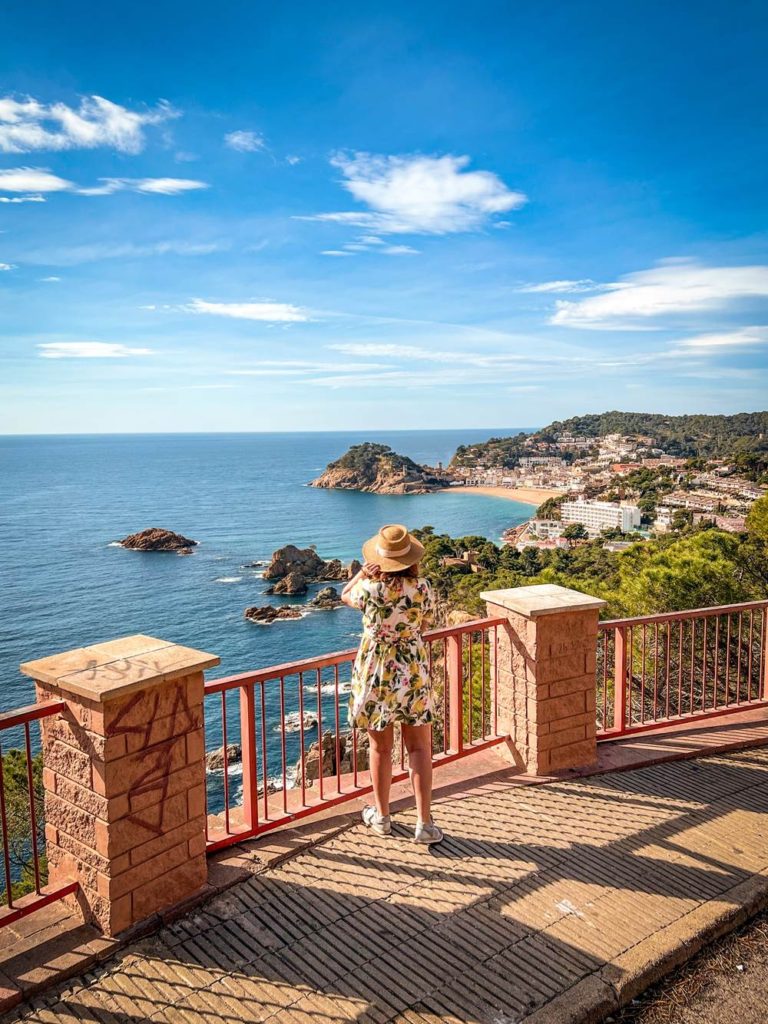
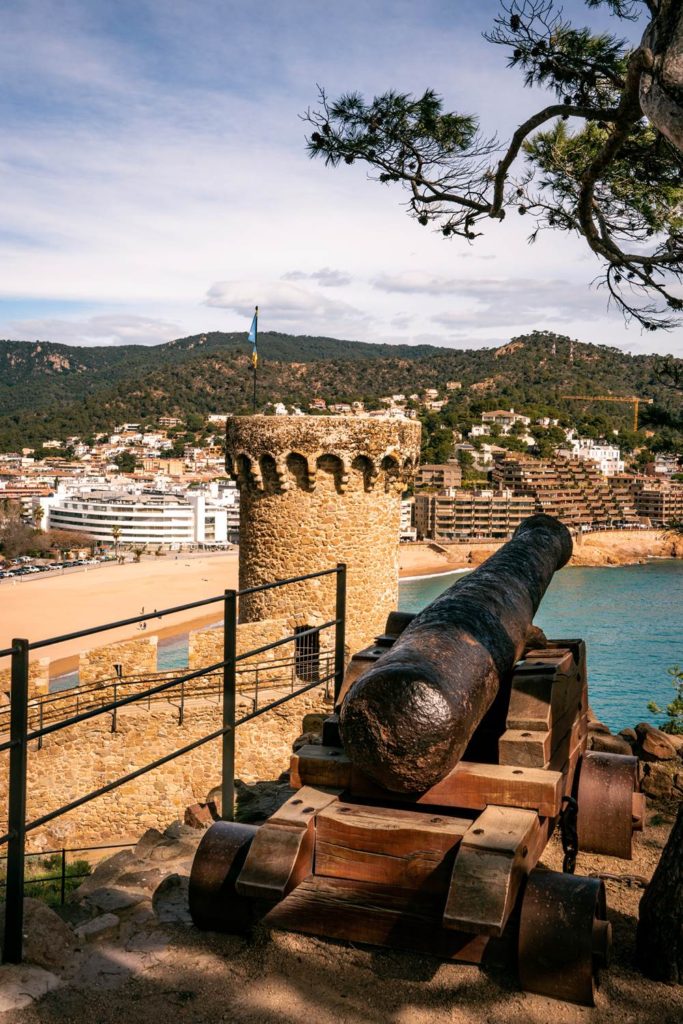
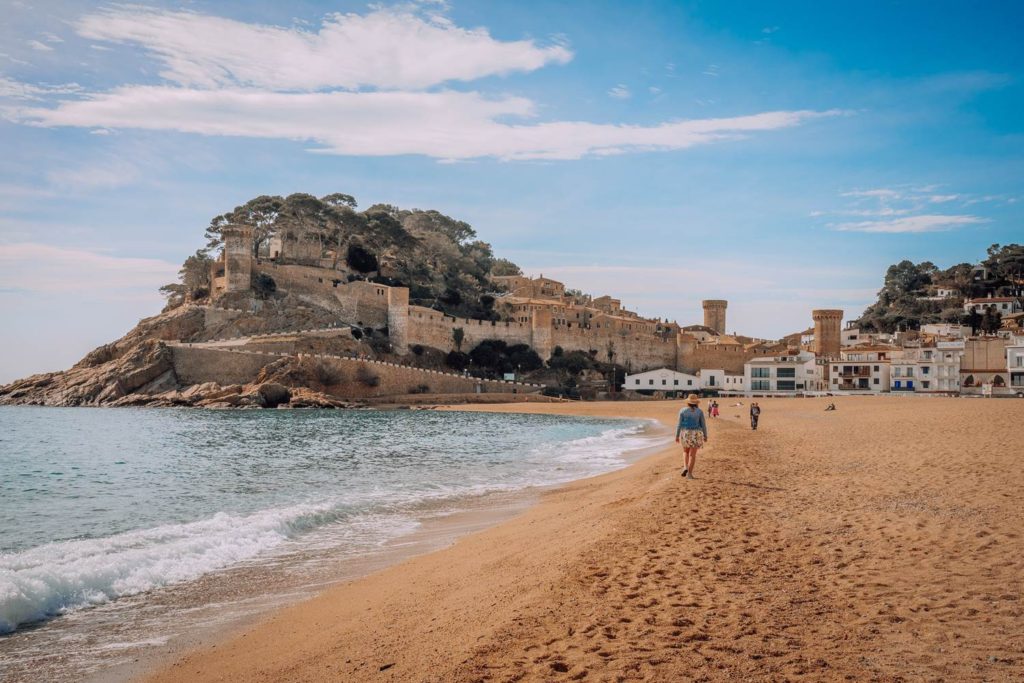
Cycling Tour Through Medieval Towns
We began our cycling tour through medieval towns in Baix Empordà, renting electric bikes from Burricleta Centre in Gualta. We visited medieval villages, guided by a tour guide, and enjoyed pastoral views along the way. Our journey took us from Fontanilles to Pals, where we had lunch at Mooma, a restaurant offering a variety of apple dishes from local orchards.
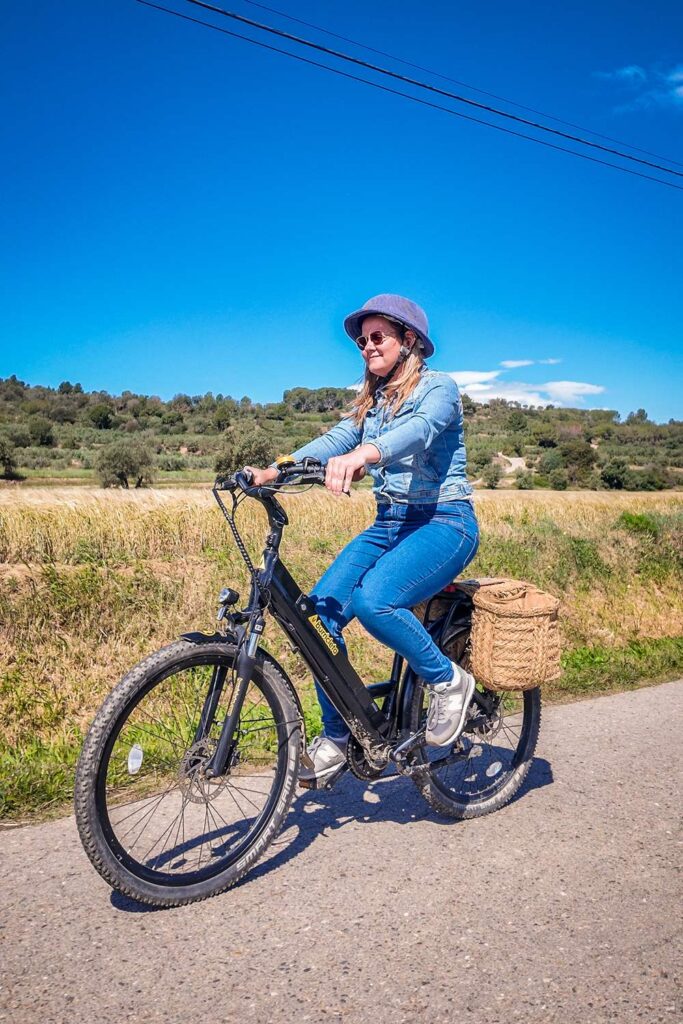
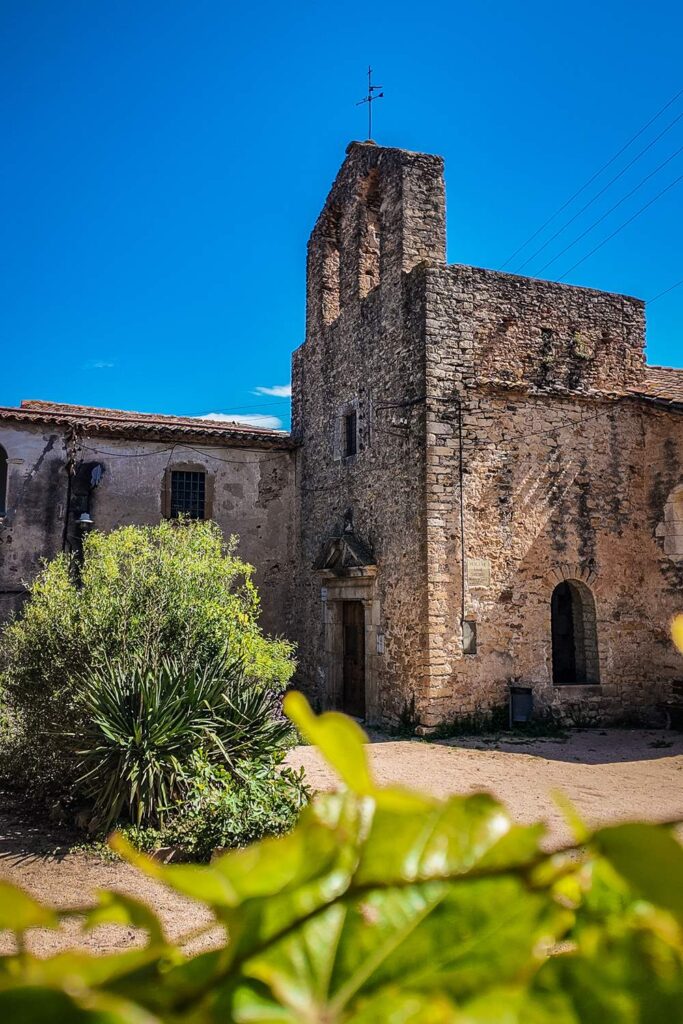
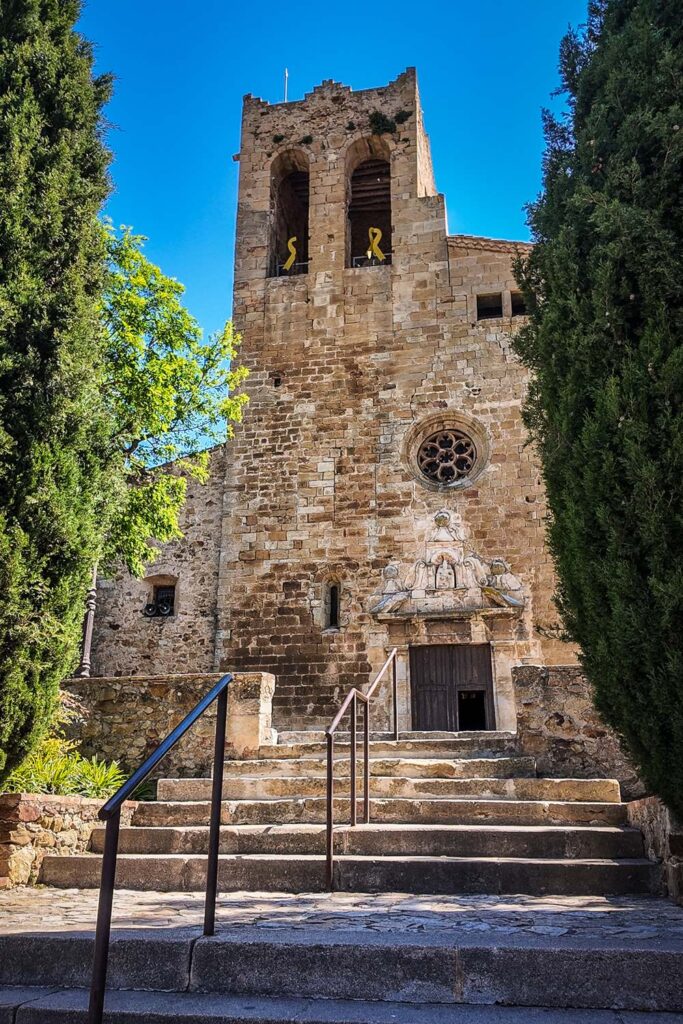
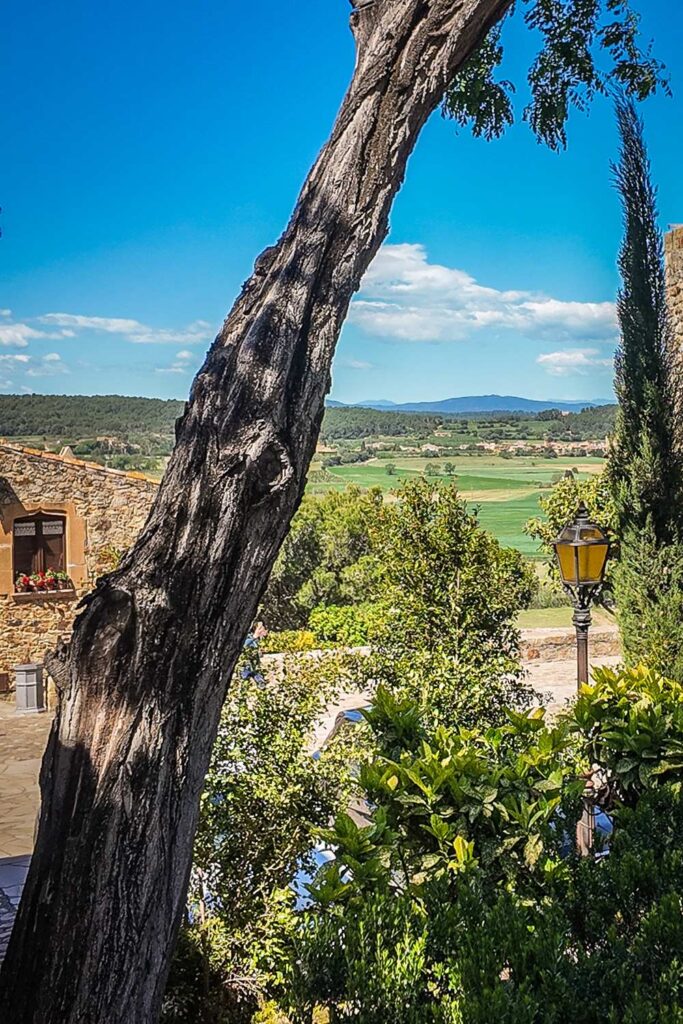
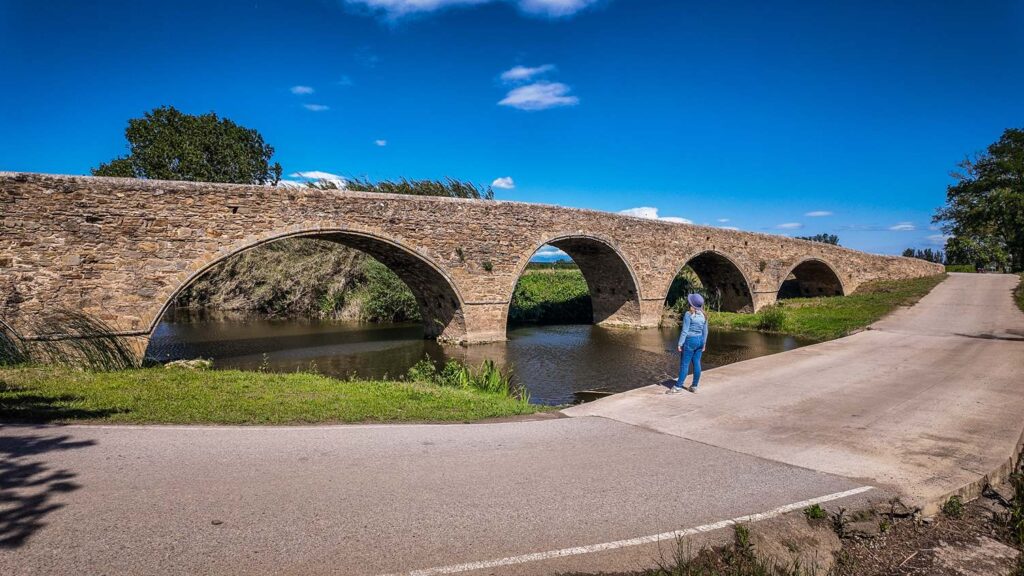
Ruins of Empúries
Empúries, known as Empúries Roman City Ruins, is located in the bay of Roses. It’s the only archaeological site on the Iberian Peninsula where the remnants of the Greek city Empòrion coexist with those of the Roman city Emporiae. The Greek-Roman history of Empúries spanned from the 6th century BCE to the 8th century CE. Even if you’re not a history enthusiast, this place will impress you. The site includes a branch of the Archaeological Museum of Catalonia, showcasing significant artifacts discovered in Empúries.
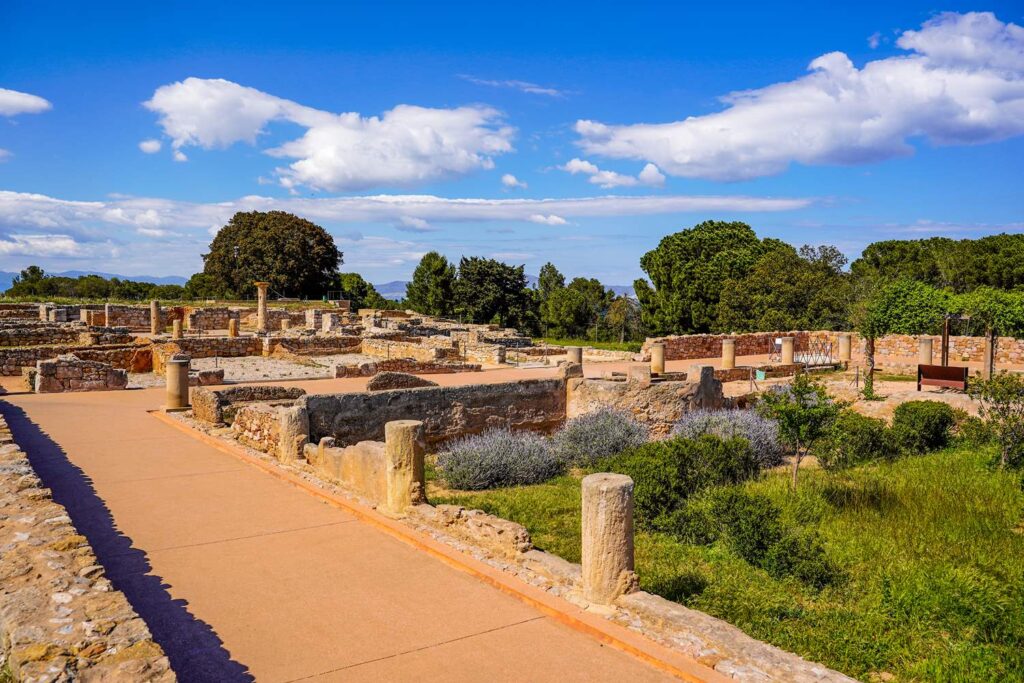
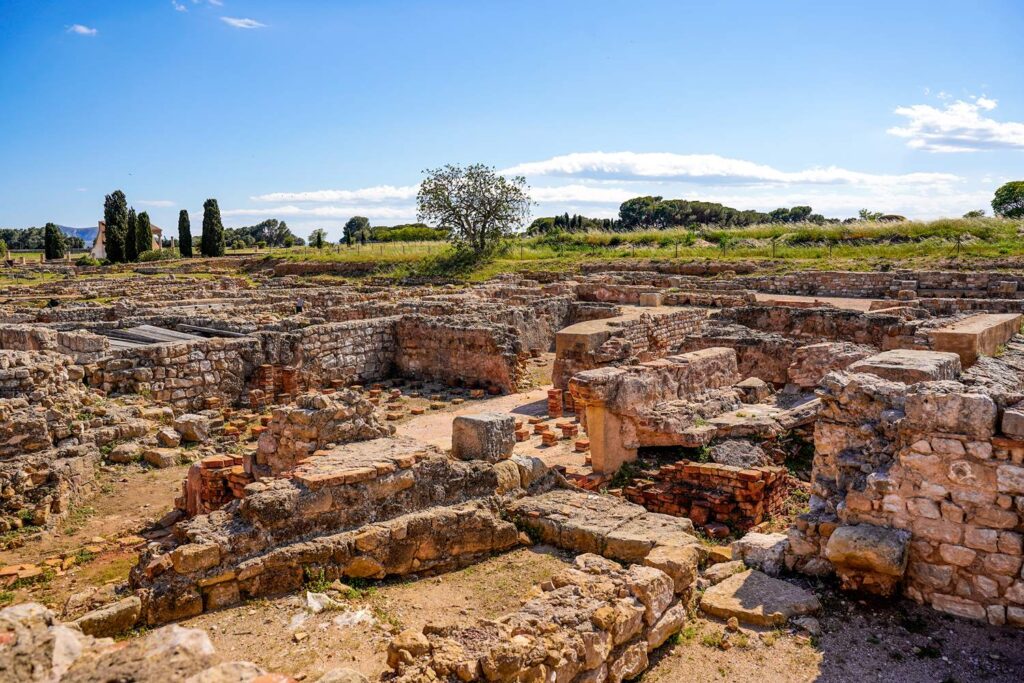
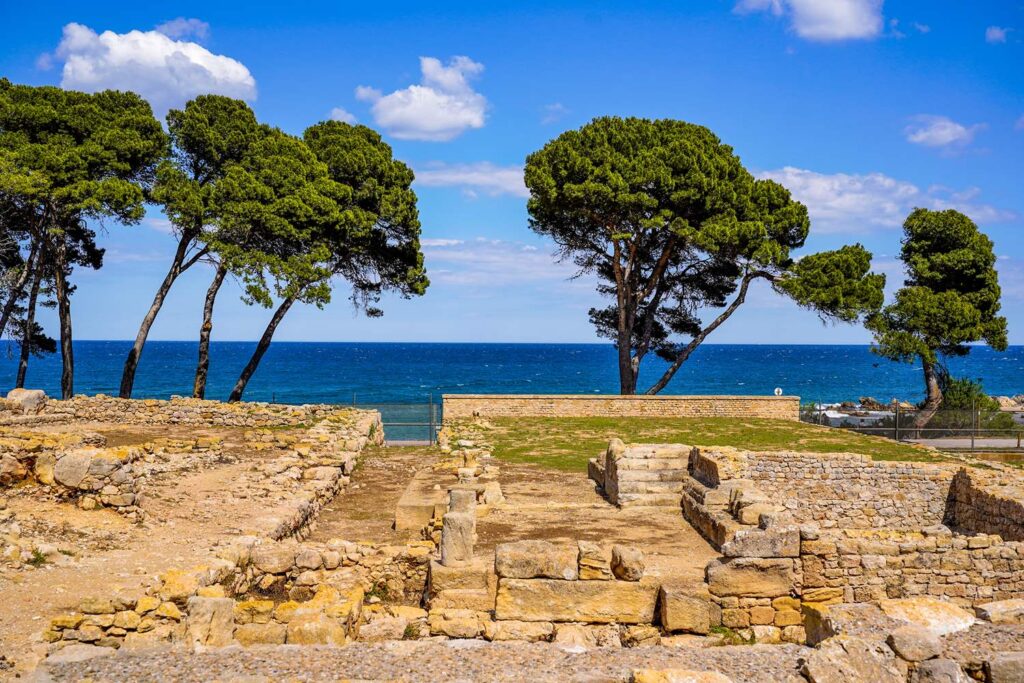
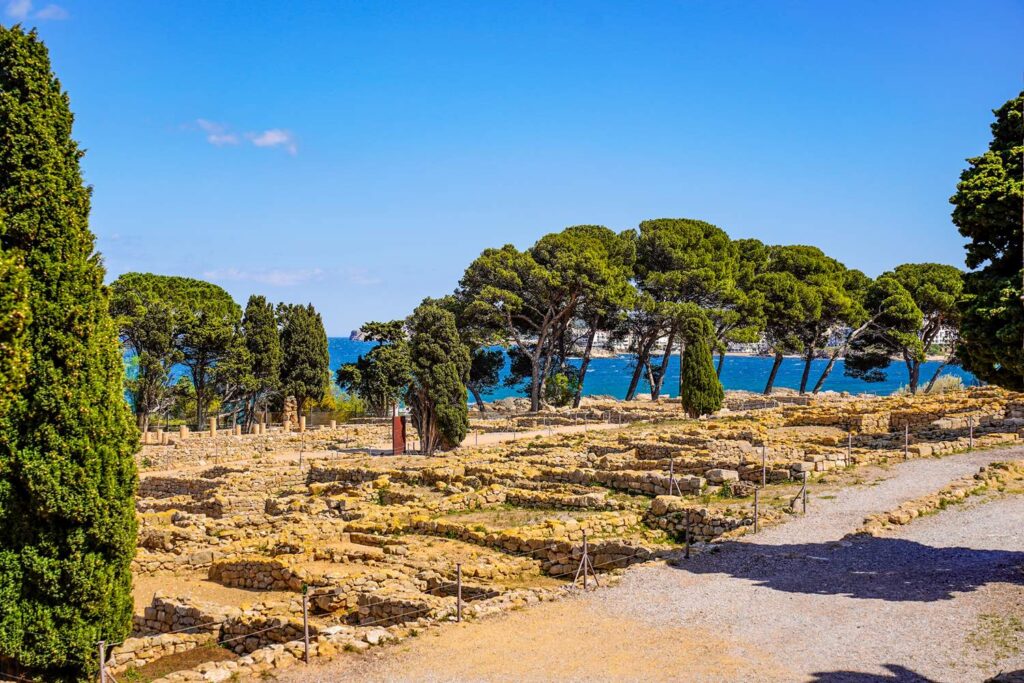
Roses
Roses in the Girona province is distinguished by its beaches and coves among rocky cliffs. The town hosts two nature reserves: Aiguamolls de l’Empordá and Cap de Creus, ideal for tranquil walks. Some beaches have the Blue Flag symbol, offering opportunities for sunbathing, swimming, and water sports.
We stayed at the highly-rated Hotel Terraza. If you plan to dine there, make sure to reserve a table in advance, as it can get booked up.
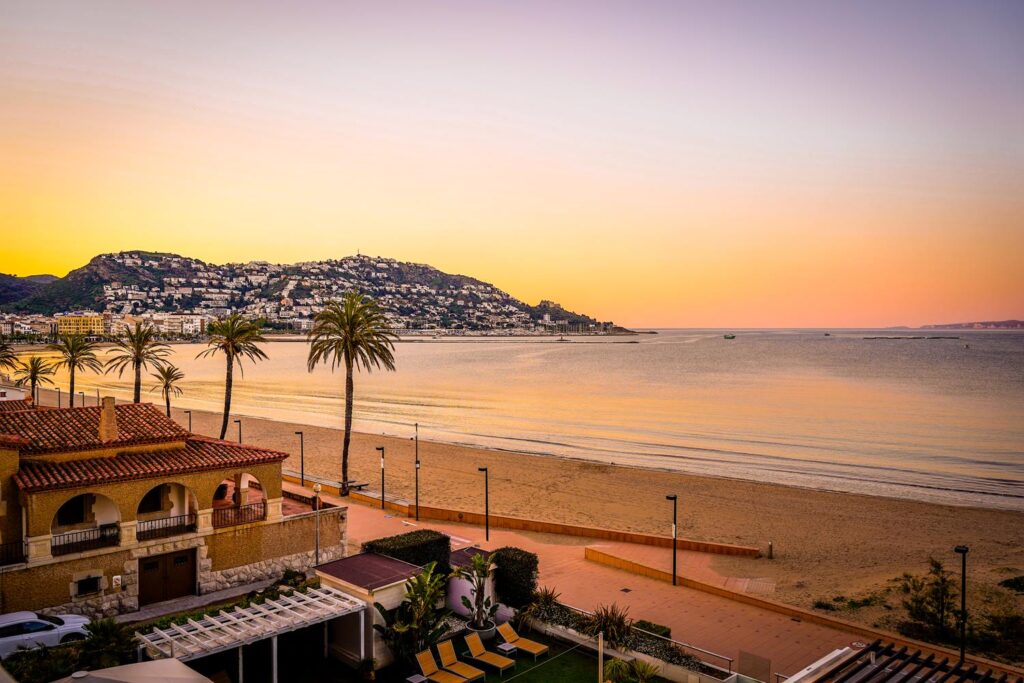
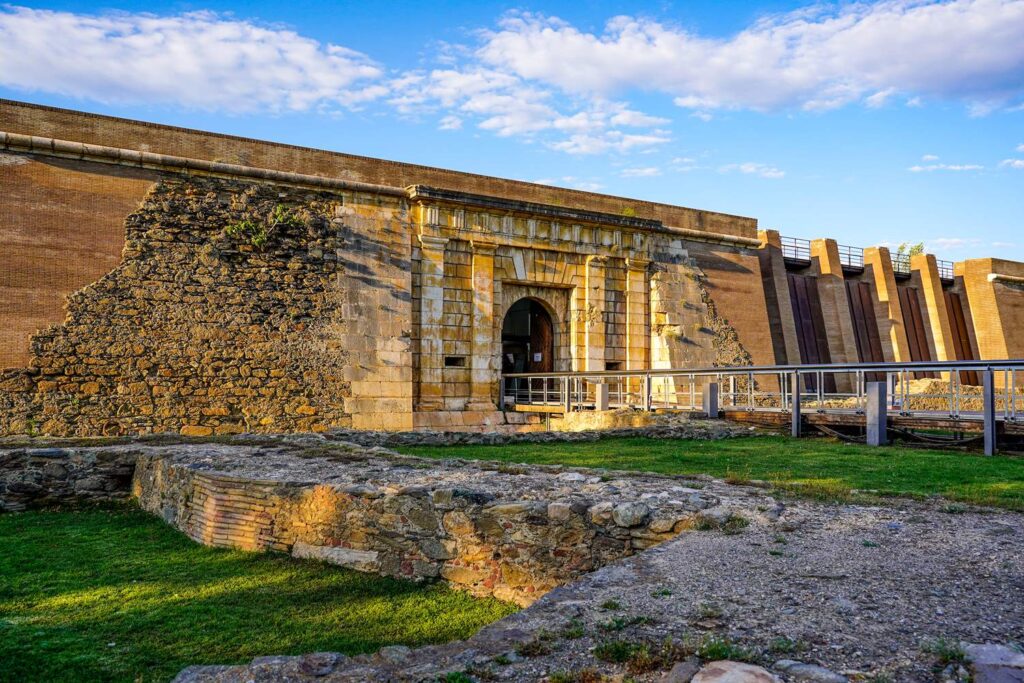
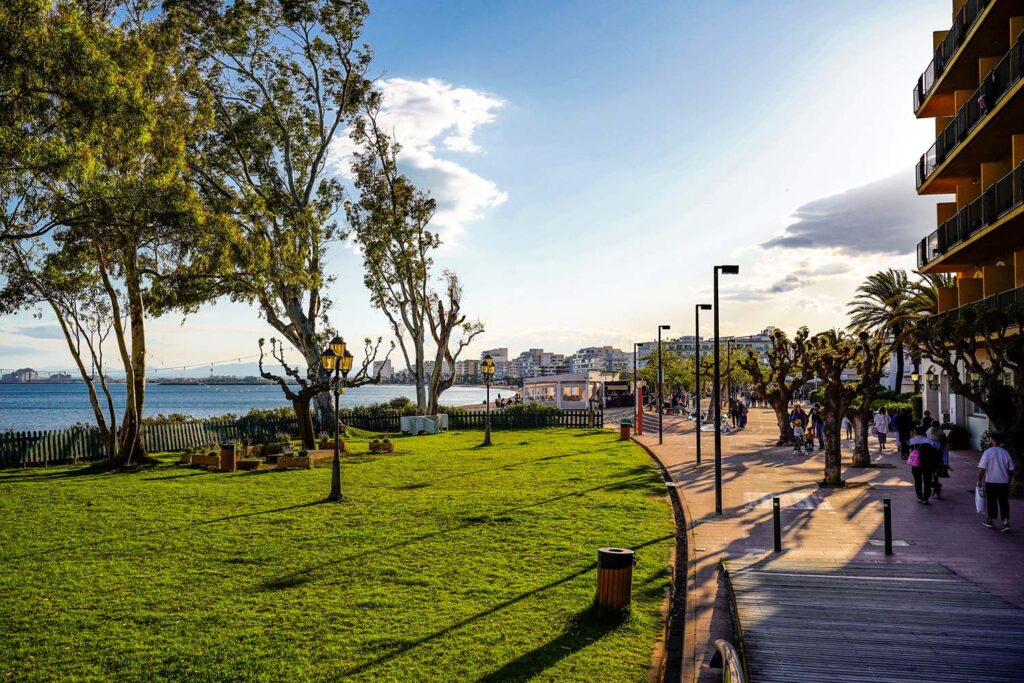
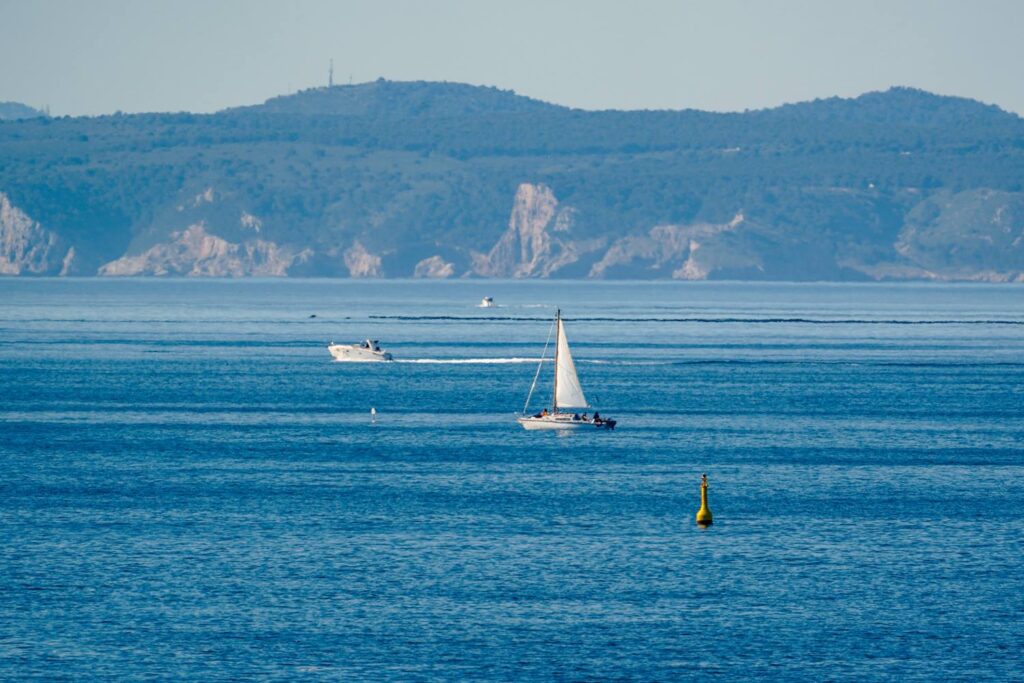
Empuriabrava
Empuriabrava, part of Castello d’Empúries municipality, is called the Catalan Venice and is the largest residential marina in Europe, with about 24 kilometers of navigable waterways. In Empuriabrava, you can rent a boat or motorboat, or take a guided tour. The resort also offers a wide beach, perfect for sailing, surfing, or windsurfing, and is a great starting point for visiting the nearby park.
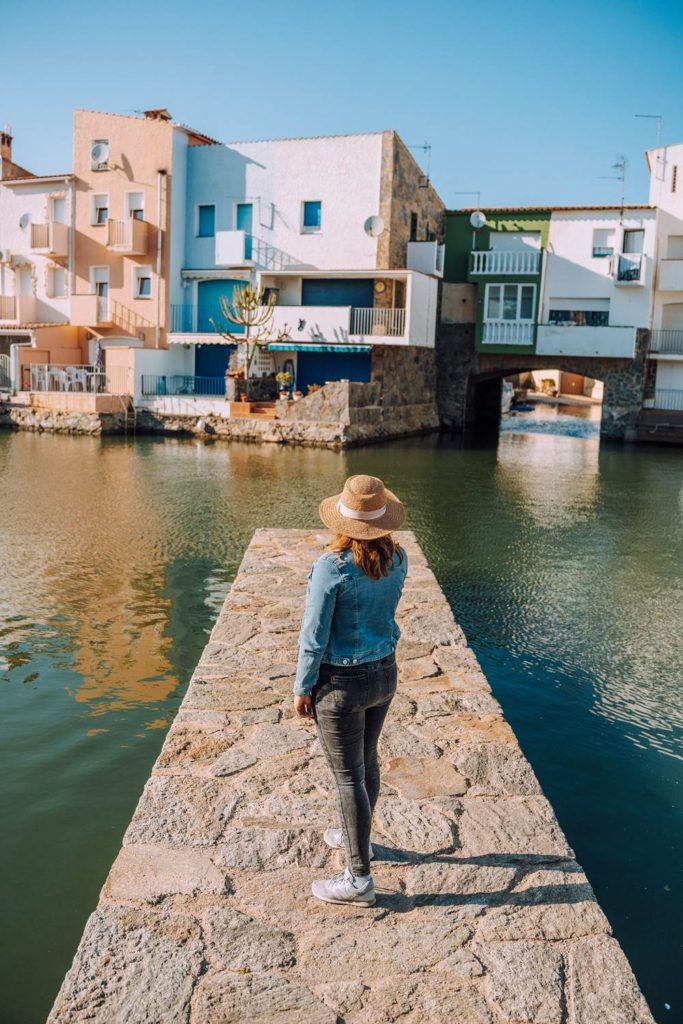
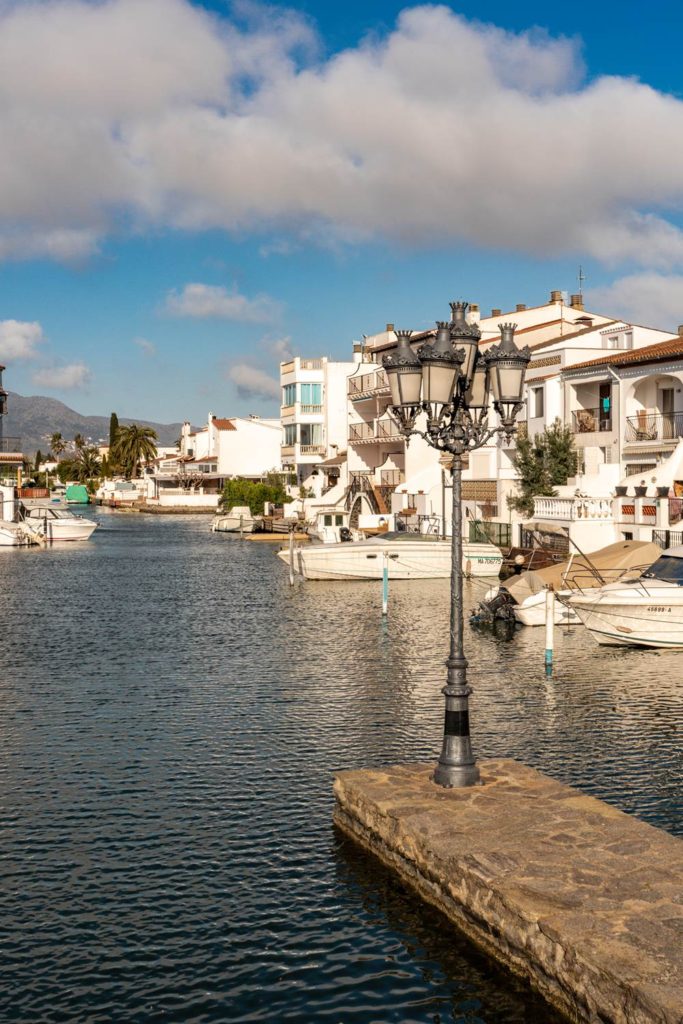
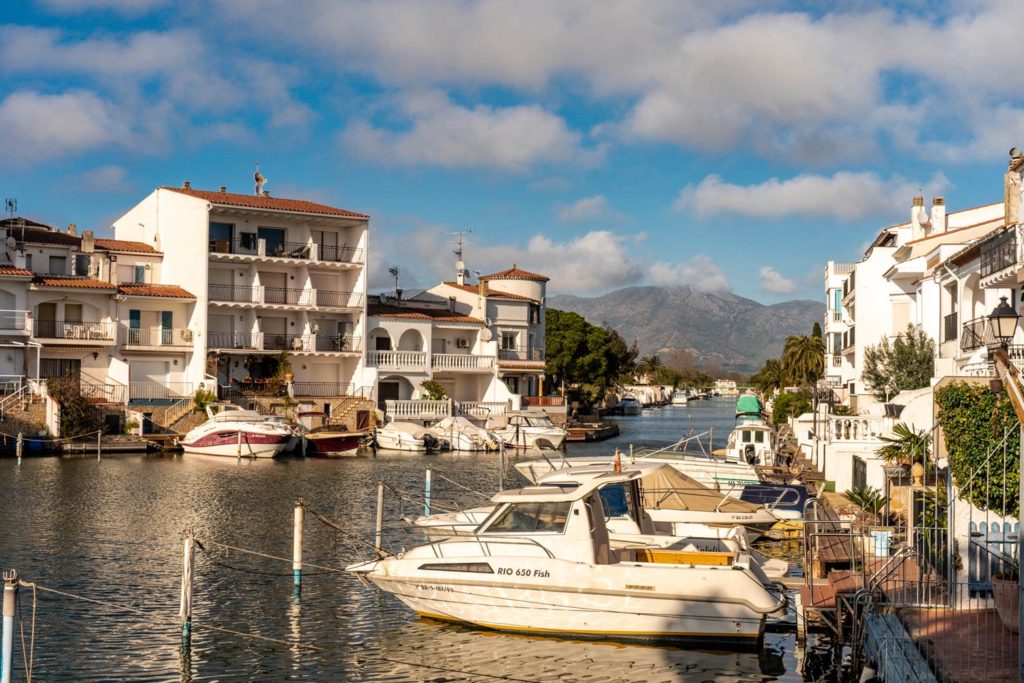
Parc Natural dels Aiguamolls de l’Empordà
Parc Natural dels Aiguamolls de l’Empordà is a natural park within the Bay of Roses, established in 1983. It is the second-largest wetland in Catalonia, covering over 4800 hectares. The park is a sanctuary for birds, with 329 species, including many protected ones. We saw beautiful flamingos, glossy ibises, purple and little egrets, and even storks. The park offers picturesque views of the Pyrenees, so don’t forget your camera for unique photos!
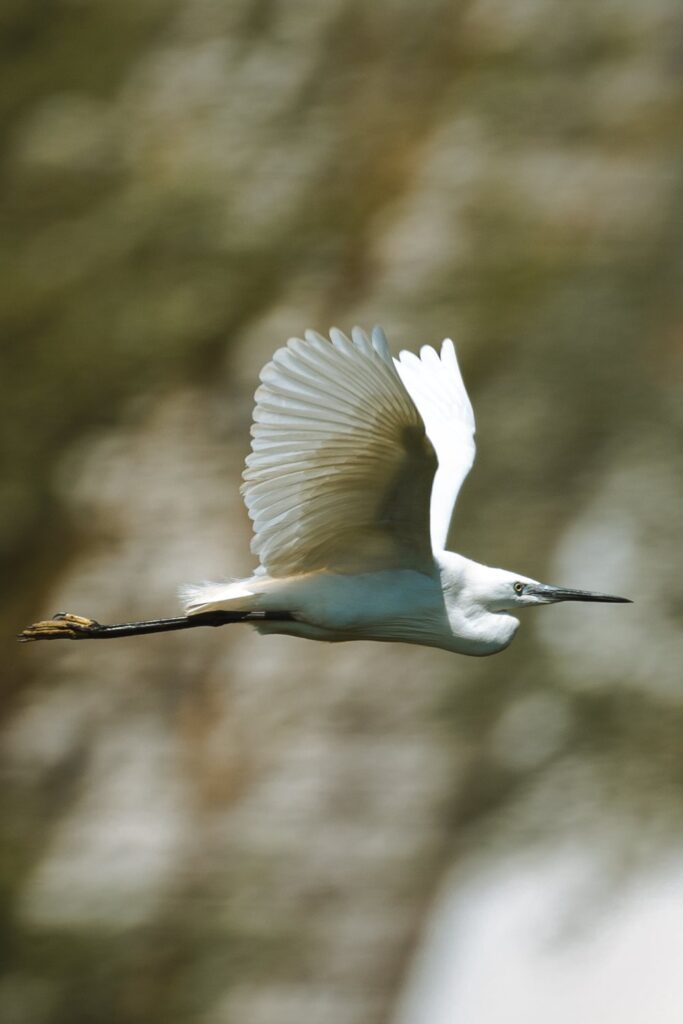
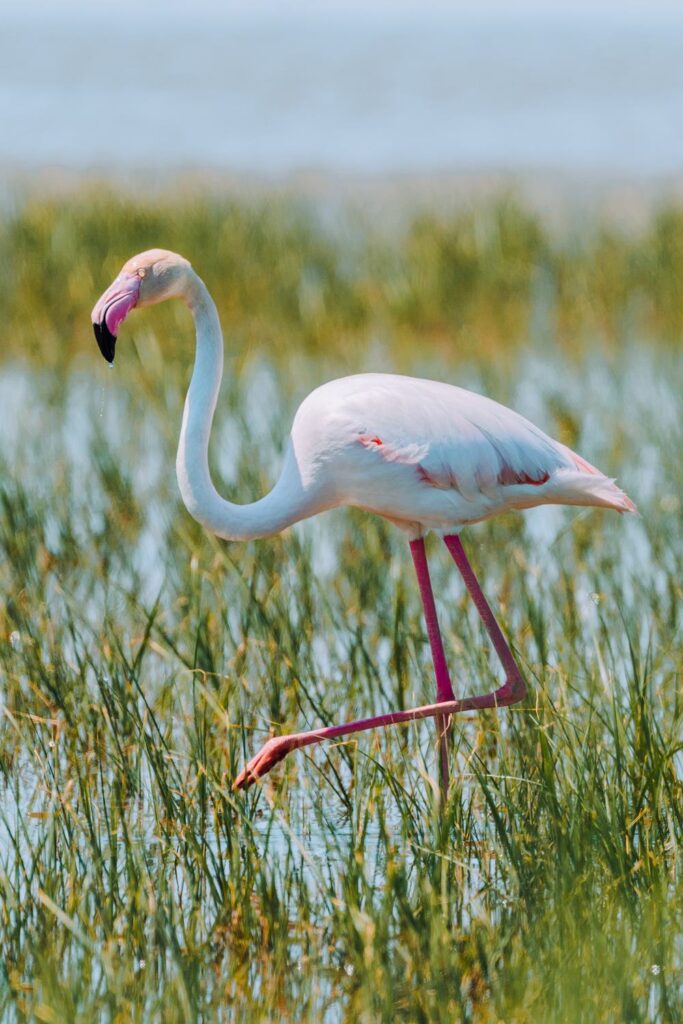
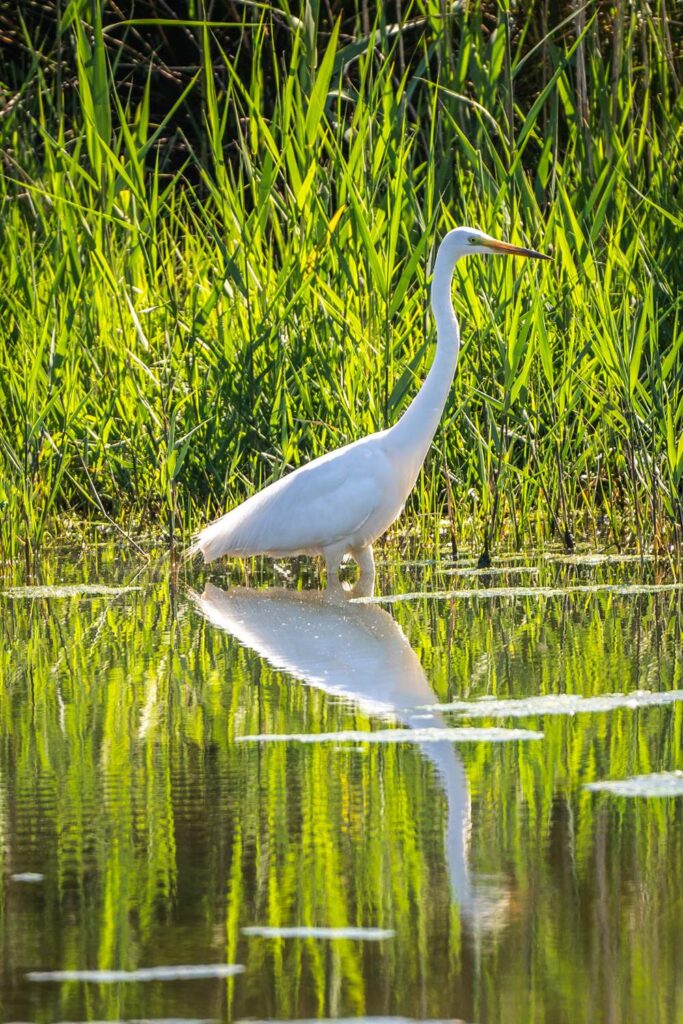
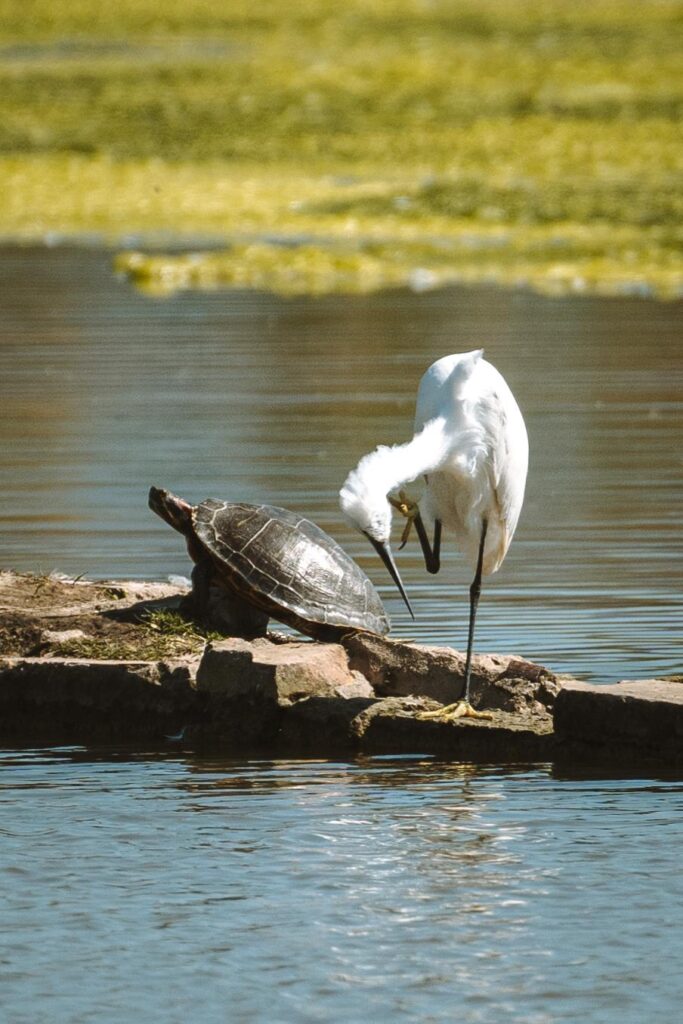
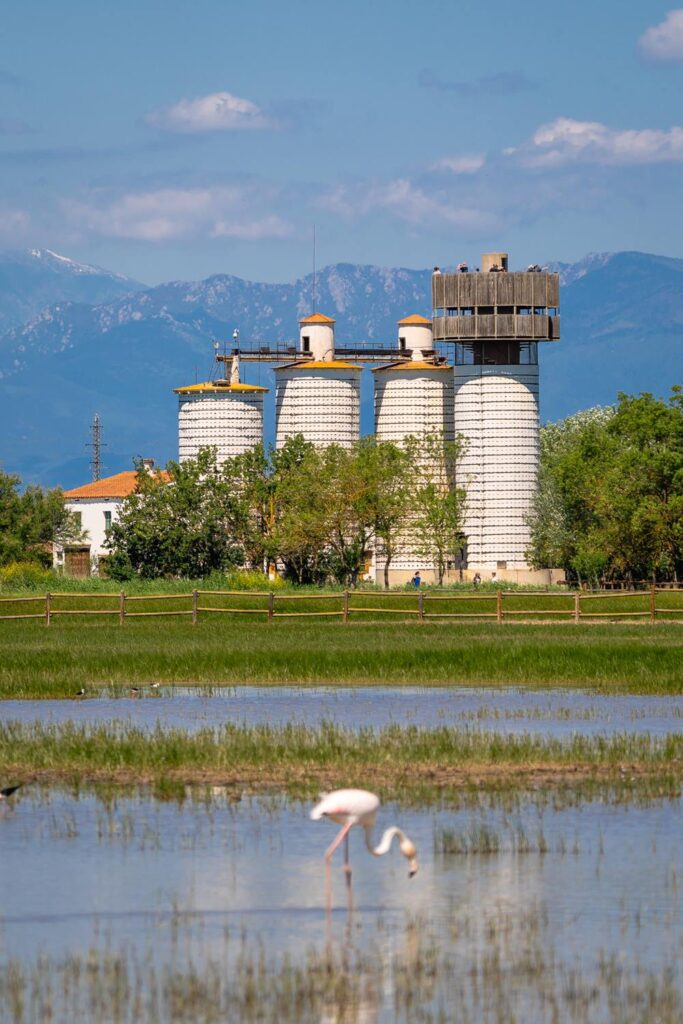
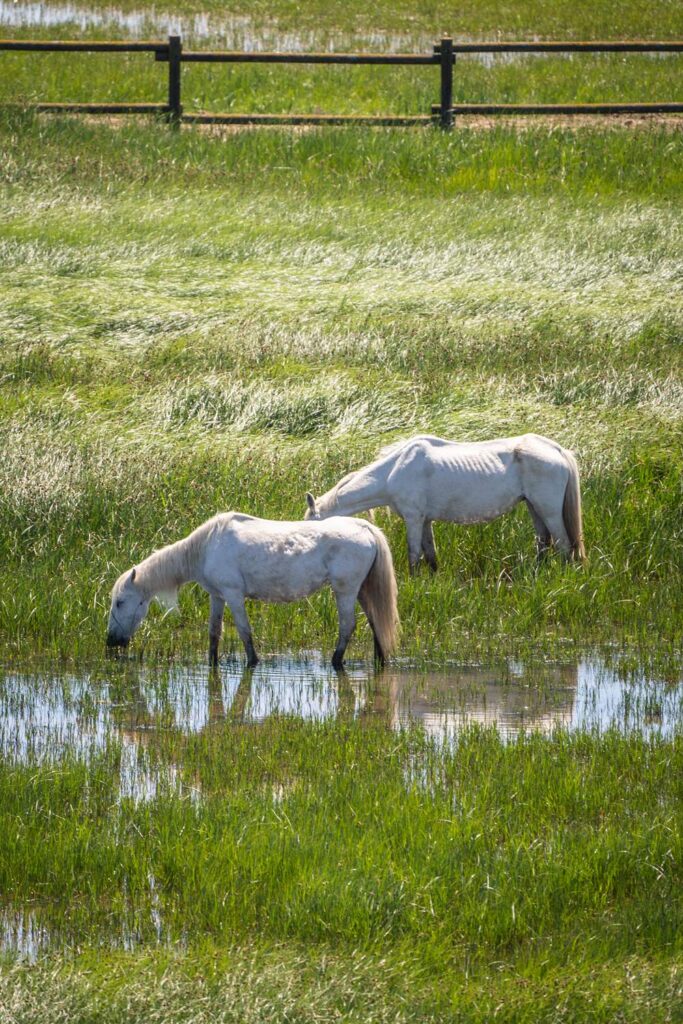
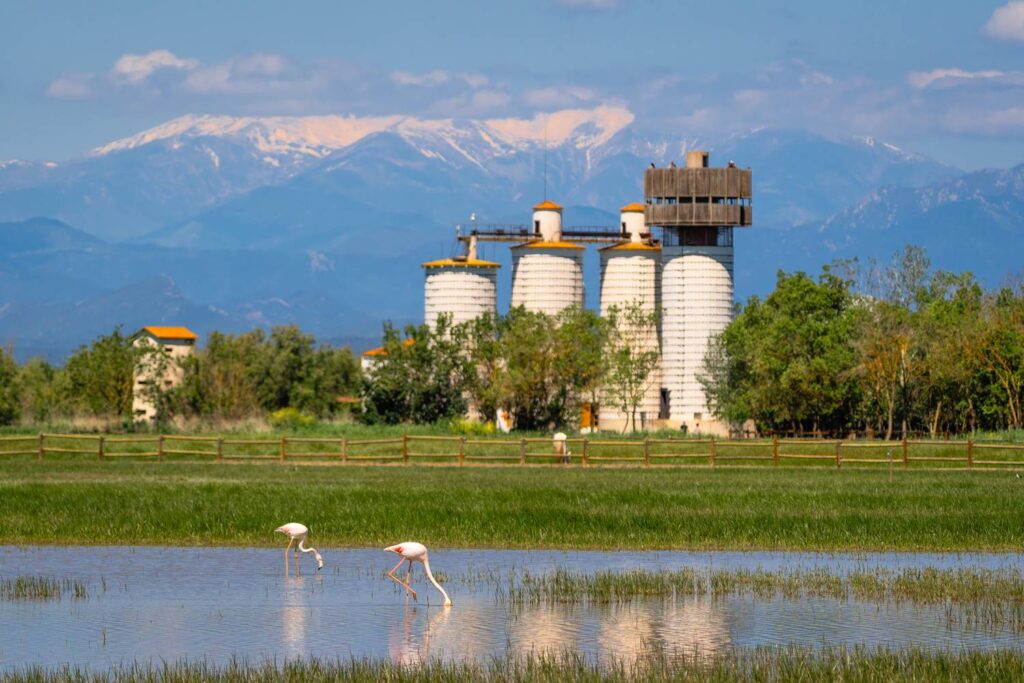
Figueres
Figueres, globally known as the home of Salvador Dalí, is a city with a typical Catalan atmosphere. Apart from the main attraction, the Salvador Dalí Museum, Figueres also boasts notable landmarks like the Sant Ferran Castle and medieval city walls. If you visit Figueres, I recommend dining at the restaurant in Hotel Duran.
Salvador Dalí Museum
The Salvador Dalí Museum opened on September 28, 1974, in a building given to Dalí by the mayor of Figueres. The museum is known for its large, transparent dome. Inside, visitors can experience surreal environments showcasing Dalí’s famous works.
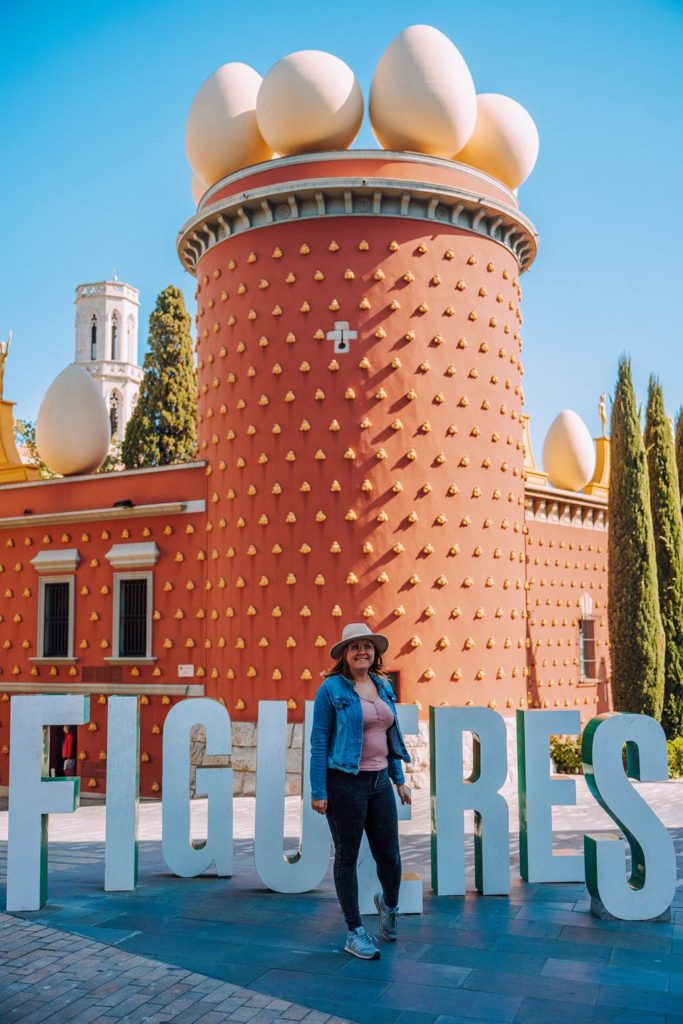
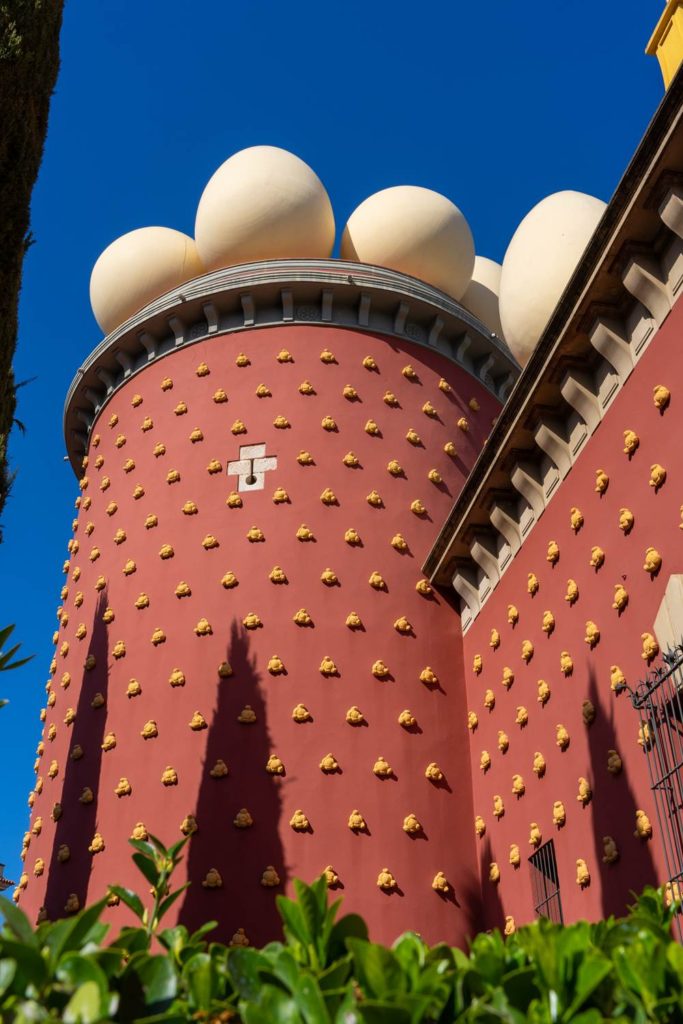

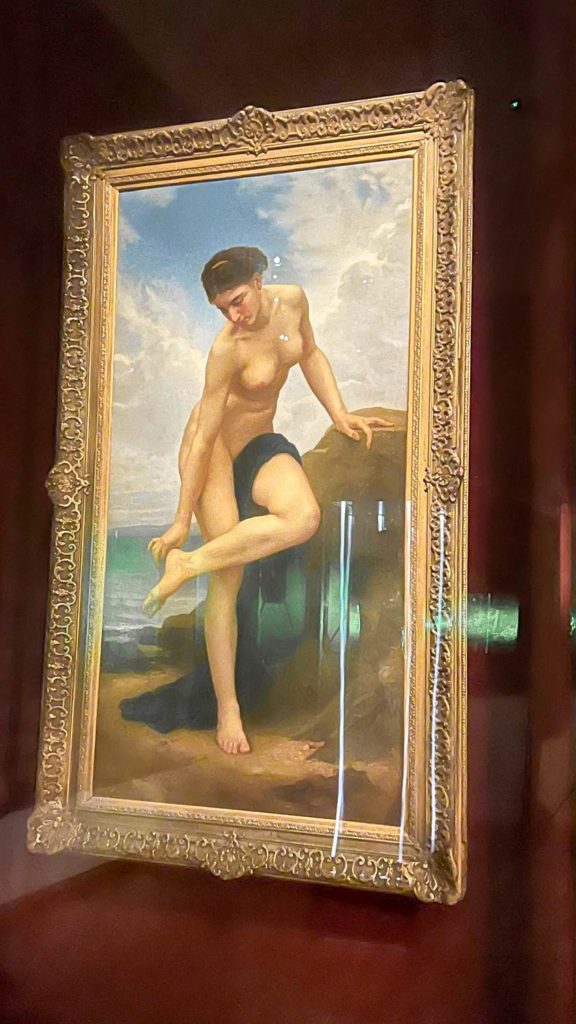
Casa Natal Salvador Dalí
The Casa Natal Salvador Dalí is the house where the famous painter was born. Tours include an audio guide through the rooms, featuring interactive exhibits that tell the story of Dalí’s life and how he became famous, with unique visual effects like holograms and kaleidoscopes.
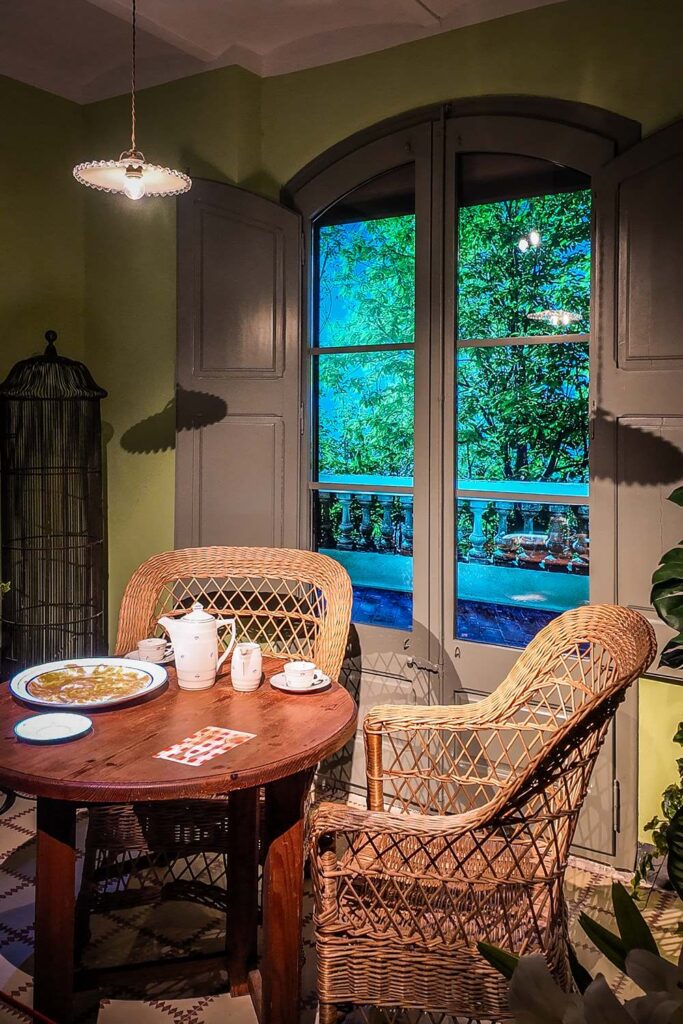
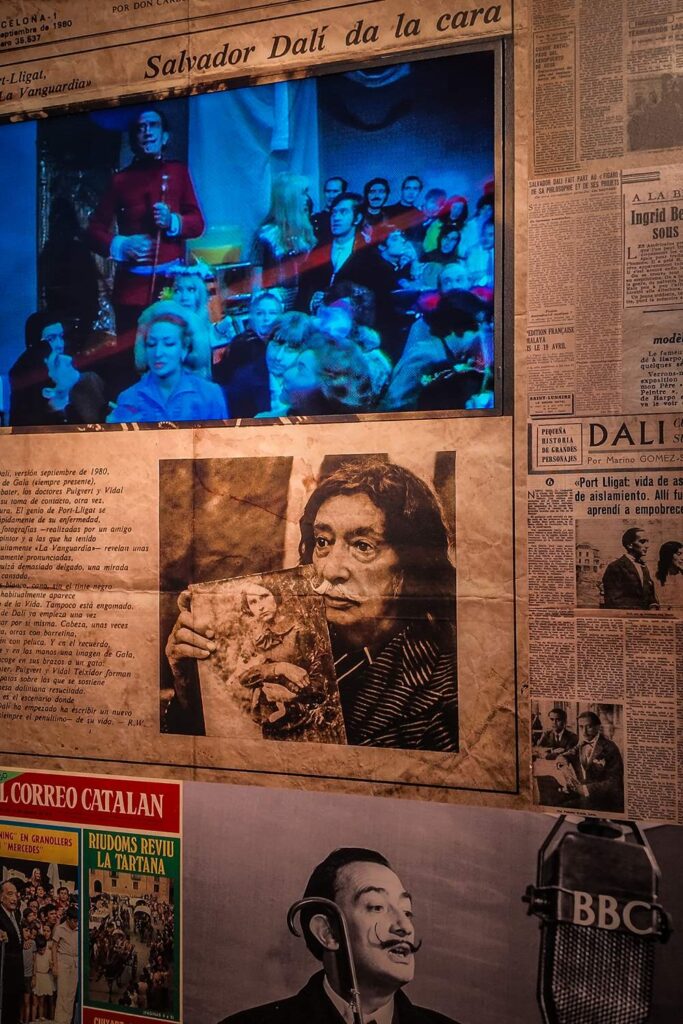
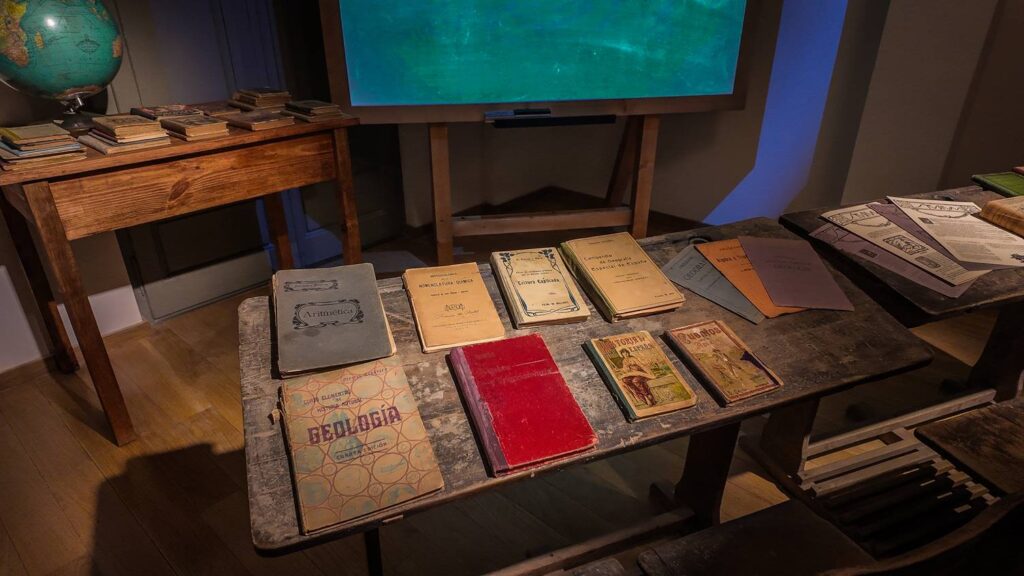
Besalú
Besalú is a charming town near the La Garrotxa Volcanic Zone Natural Park. Its rich medieval heritage is highlighted by architectural monuments, including a 12th-century Romanesque bridge over the Fluvià River, the Cùria Real building, and the Cornellà residence with a grand arched gallery. Besalú is known for its cobblestone streets.
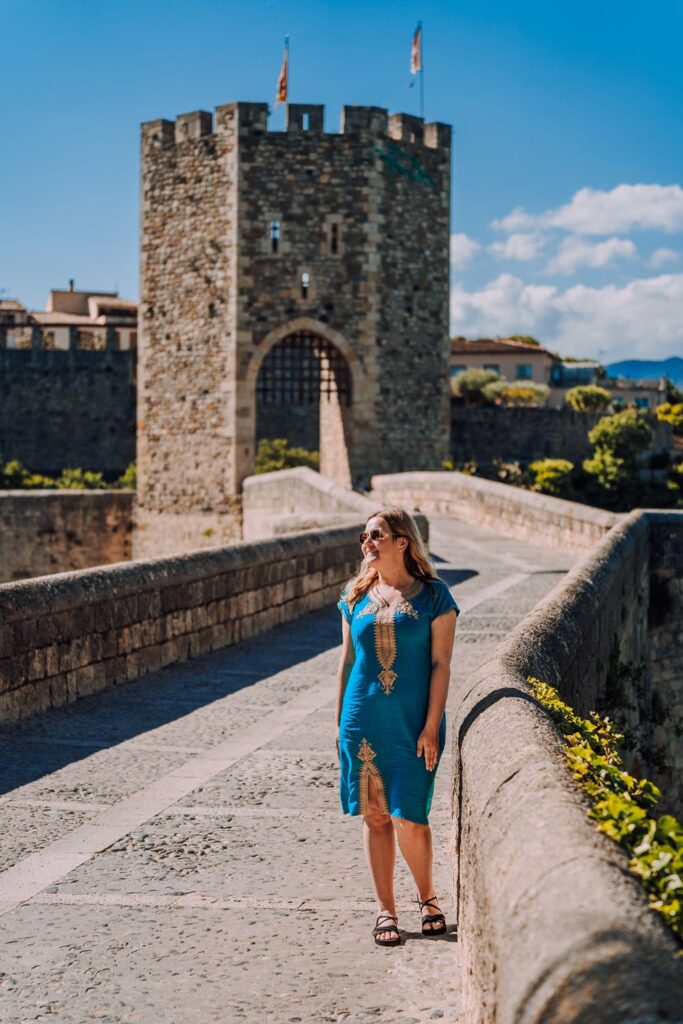
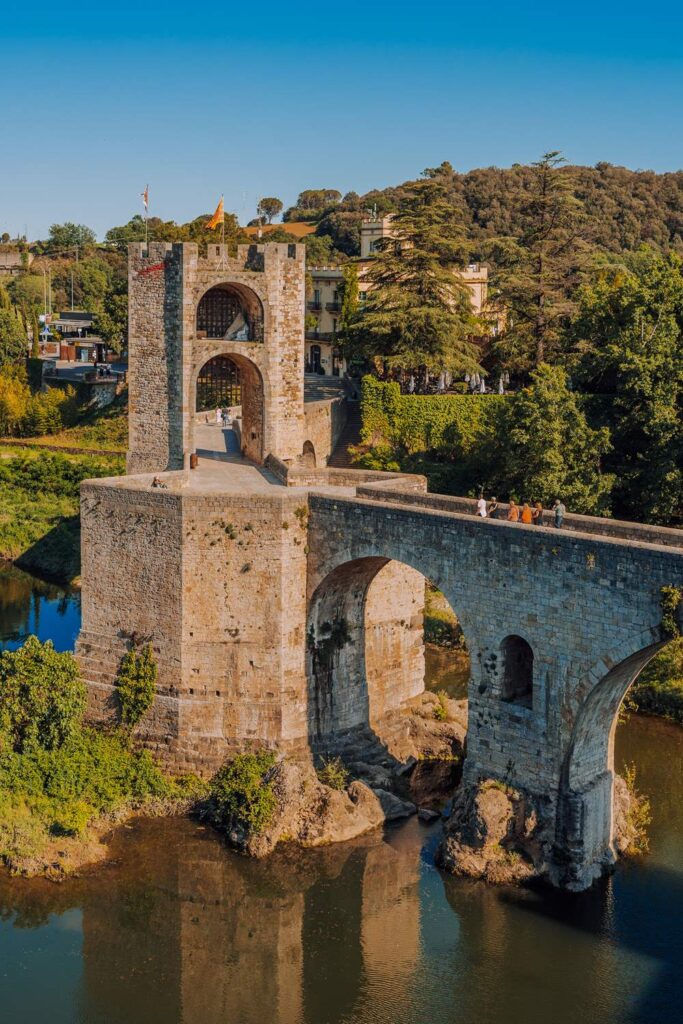
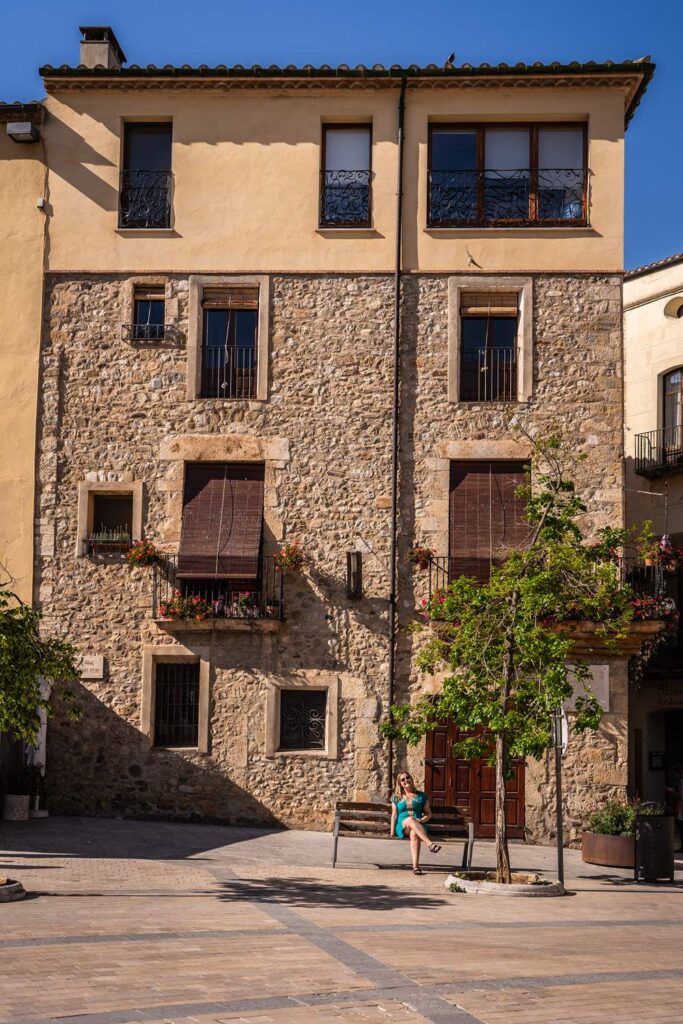
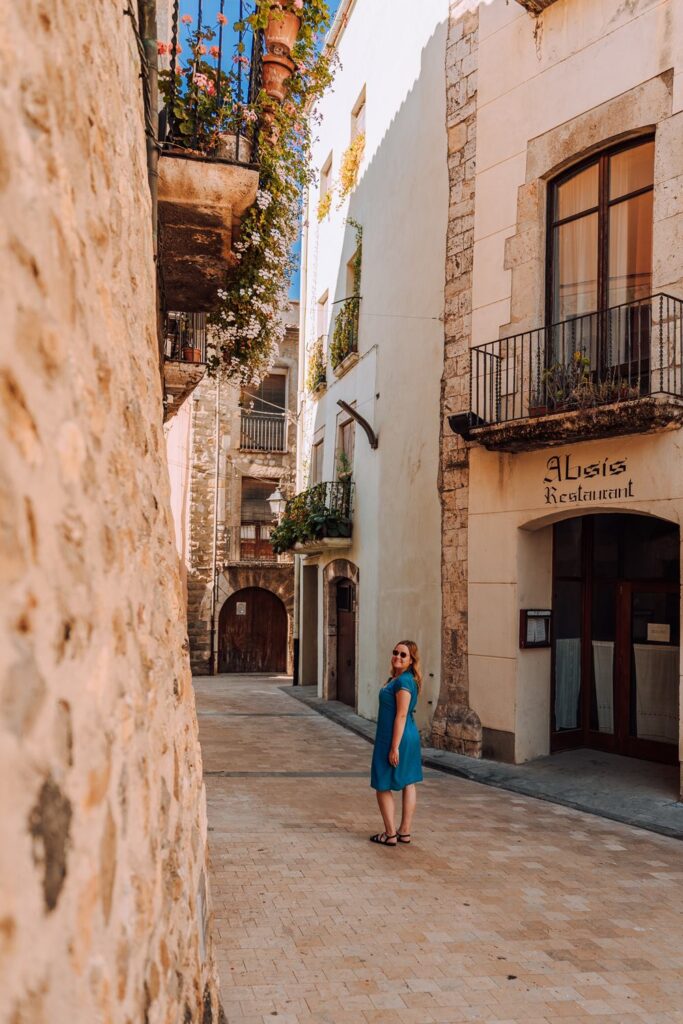
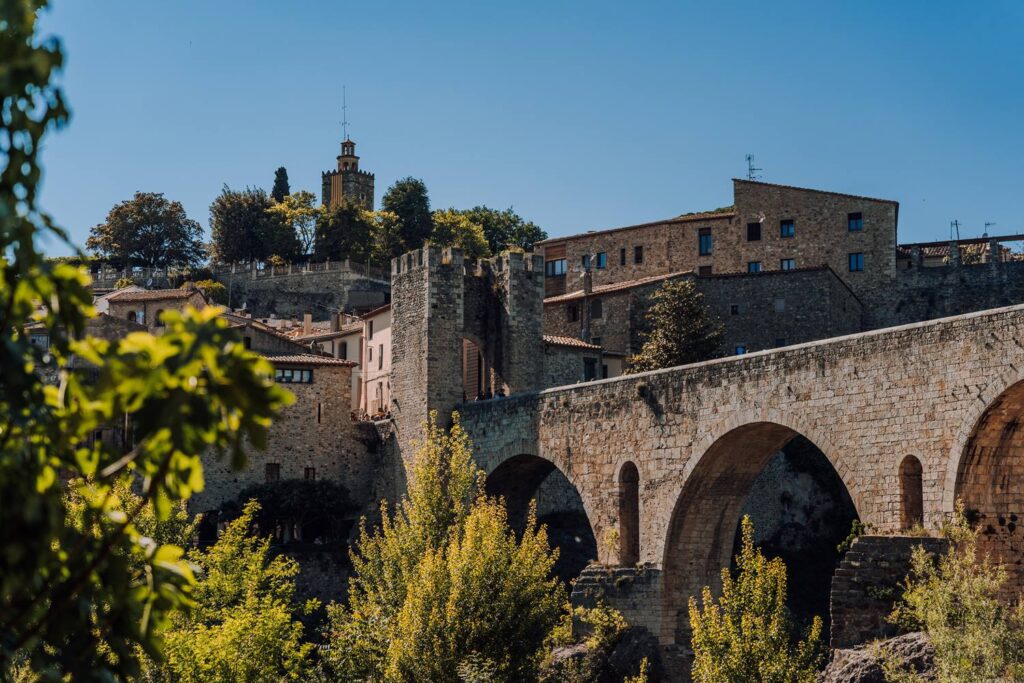
Banyoles – Lake and Surroundings
Banyoles, located less than twenty kilometers from Girona, is a town built on the shore of Lake Banyoles. Its historic center is organized around Vila Vella and Vila Nova. The lake, with its clear water, is particularly impressive. In Banyoles, you can rent small boats or enjoy fishing. We stayed at La Sala de Camós, housed in a 12th-century Gothic-style building.
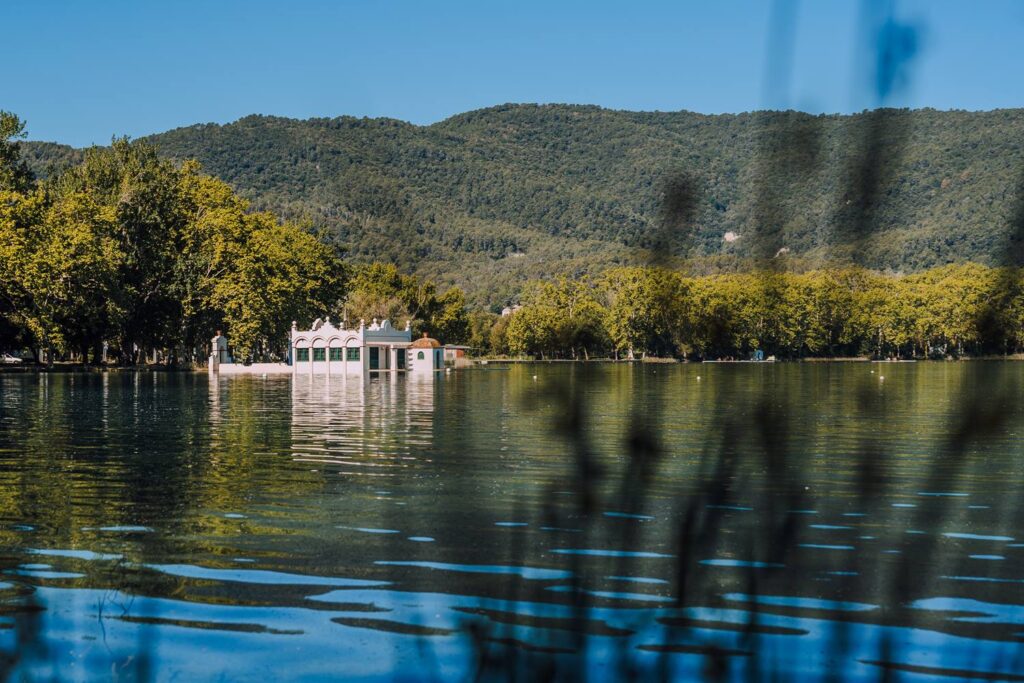
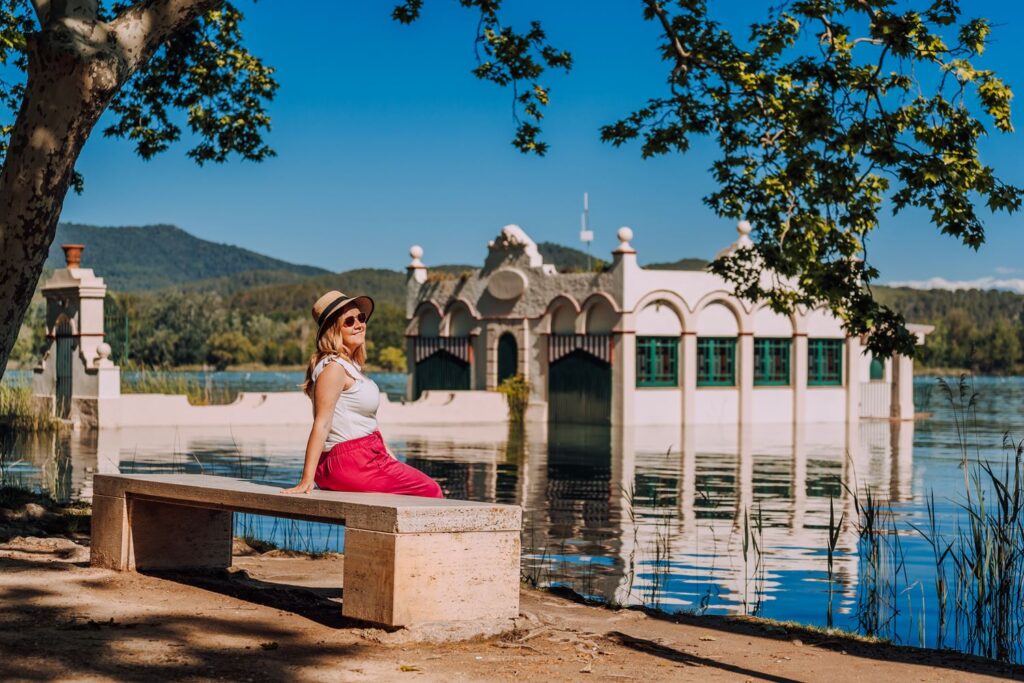
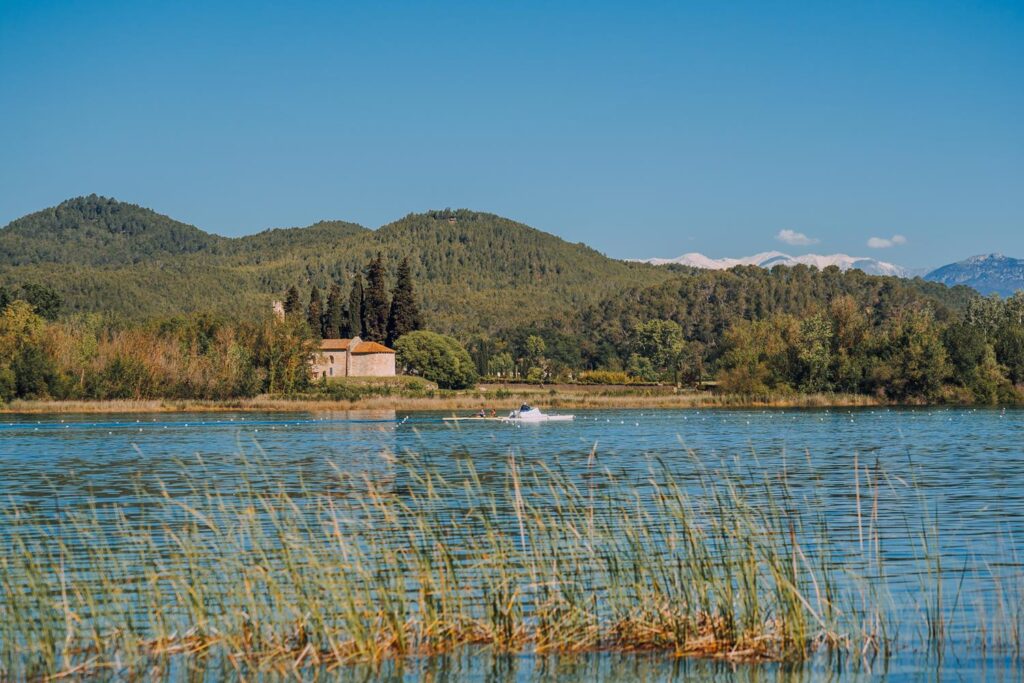
Girona
Girona is a modest town with a rich history dating back to Roman times but achieving its current appearance in the medieval period. It is known for its beautiful Old Town, impressive walls, numerous cathedrals, and famous Jewish quarter. Few know that in Girona, you can visit Aqva Gerunda, ancient Roman baths. The place is relatively unknown, so we had the baths almost to ourselves.
We spent our last night at Hotel Ciutat de Girona. For a meal in Girona, head to El Foment, where you can taste authentic Catalan cuisine. More attractions in Girona can be found in this post.
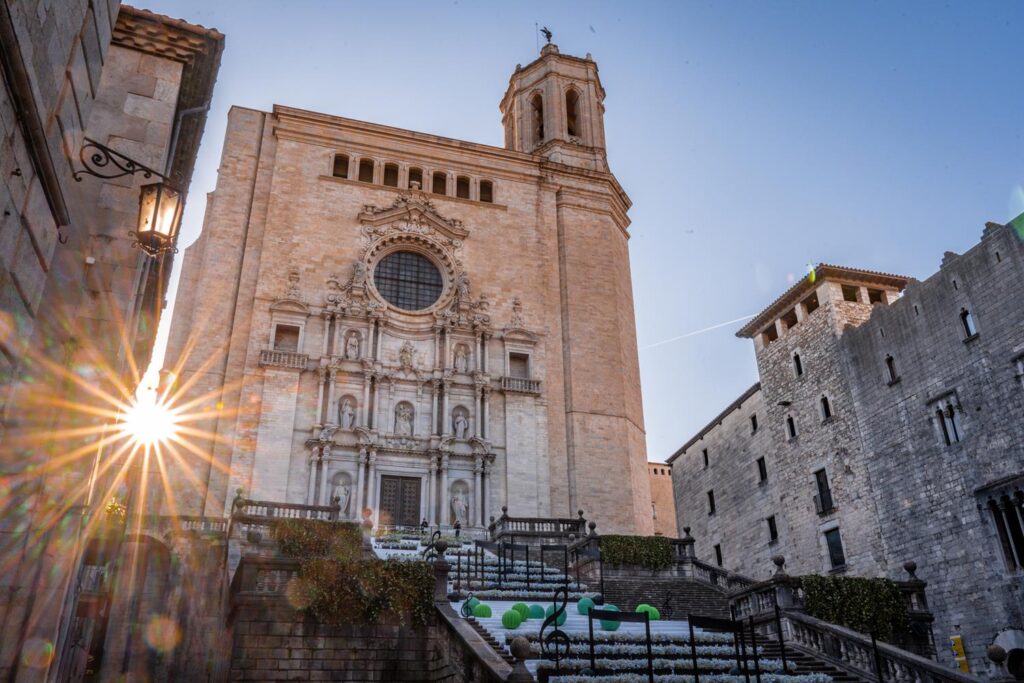
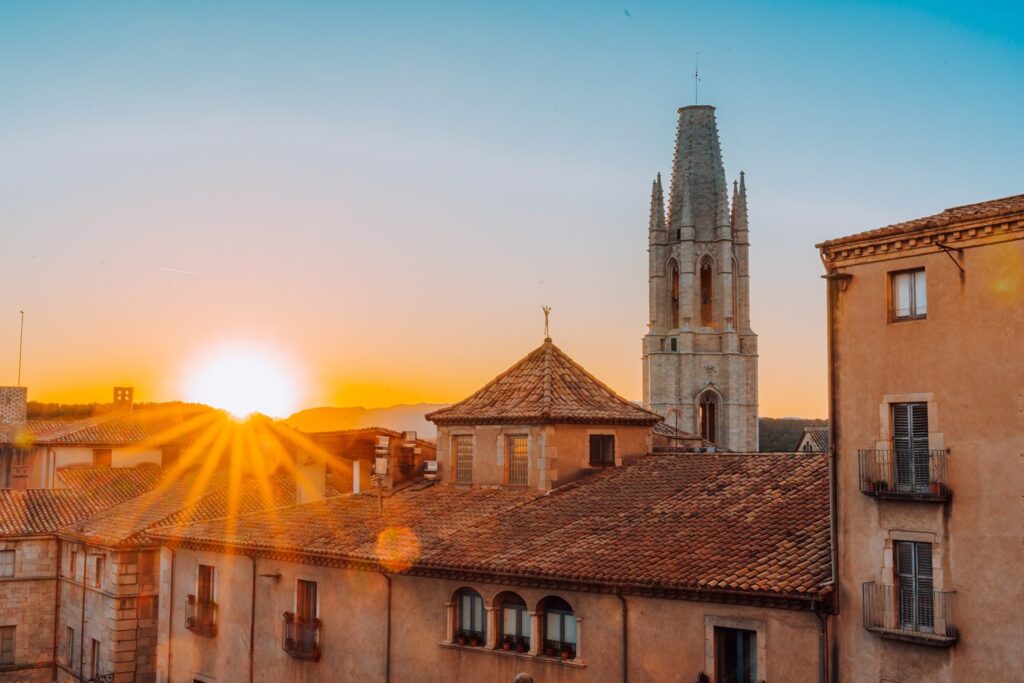
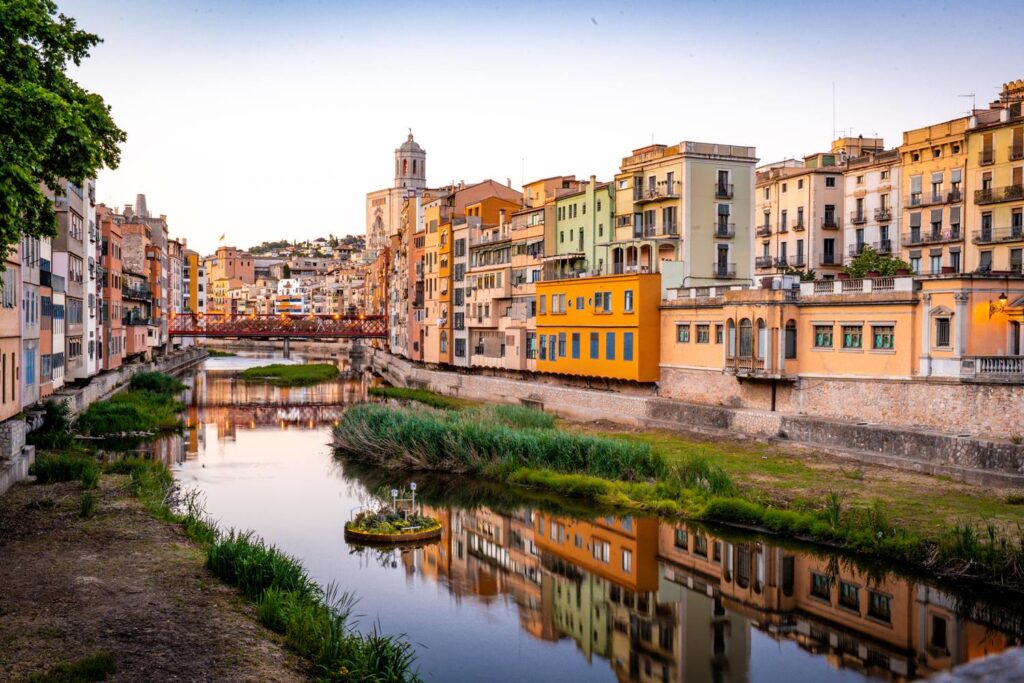
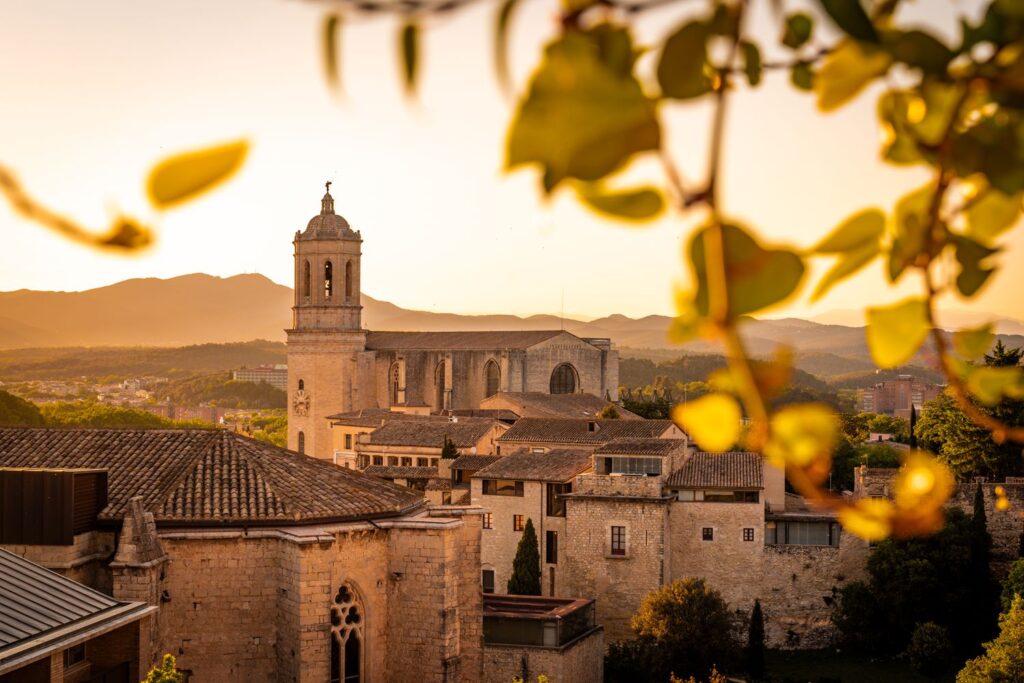
If you’re looking for more attractions in Catalonia, check out the entries below:
Discover the Hidden Gems of Costa Brava: Breathtaking Destinations You Absolutely MUST Visit!